How about Trump tariff live updates — first major price increases hit big tech
The latest updates on the ongoing tariff situation
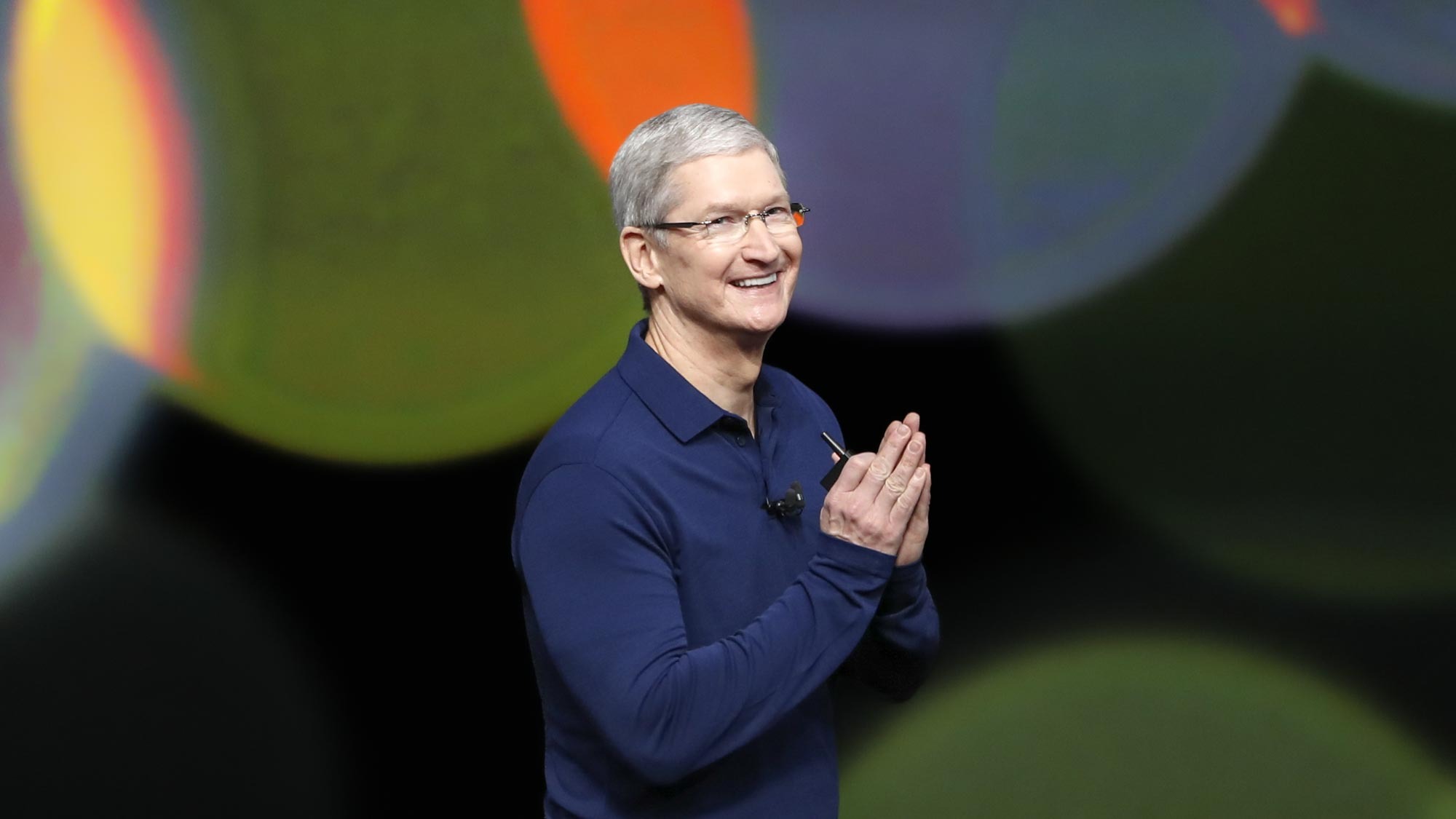
A lot happened on Wednesday, April 9th. President Trump introduced tariffs on imported goods from midnight. There were some large percentages thrown around, but the largest of them all was for China, which started the day at 104%.
Many companies sent out messages that prices would be increasing, Framework suspended sales of some repairable laptops and Nintendo considered delaying the pre-order of the Switch 2 in the U.S. until the situation became more certain.
Then, at around 1:30pm ET, the President announced that there would be a 90-day pause on tariffs, except for China (which saw its rate increase to 125% after China levied 84% on American goods into China), Mexico and Canada.
It was a chaotic day in general, but the tech industry, which relies on components and devices manufactured (primarily) in China is still in uncertain waters, even with the 90-day pause. And the trade war with China appears to be escalating, likely to lead to more confusion and price increases throughout this week and the coming months.
The situation has changed very quickly, and we're likely to see more of the same today. Even if things become more stable in the markets, we'll probably still see the knock-on effect of this volatility in tech devices for the rest of this year, as manufacturers try to work out their best route forwards.
A few brands attempted to pre-empt these high tariffs, importing a much stock as they could before the tariffs came into effect (temporarily), with Apple reportedly flying hundreds of iPhones into the U.S. from India at the end of March and Nintendo shipping Switch 2 consoles into the country almost three months before its launch.
We’re on hand to bring you the latest updates and also flag the tech products that you might want to consider picking up now before price increases sting, or the currently available stock sells out.
Disclaimer
If you're a shopper or company wanting to let us know about price increases or out-of-stock product issues, drop us a line at questions@tomsguide.com.
Latest brands that have responded to Trump’s tariffs
President Trump's tariffs came into effect on 12:01 a.m. (ET) on April 9, and were suspended for 90 days by 1:30 p.m for most countries except China (which now stands at 125%), Mexico and Canada. The situation is changing rapidly, but it appears that a blanket 10% tariff on all imports remains in place.
Several major players in the tech space have already responded by taking measures that range from delayed pre-orders for upcoming products to even halting all direct sales within the U.S. region. These are the latest companies to announce measures in response to Trump’s tariffs.
- Acer: 10% price increase “to reflect the tariff”
- Apple: iPhones, AirPods and Apple Watch could get a lot more expensive
- Framework: Select laptop models pulled from sale
- Nintendo: Switch 2 pre-orders delayed indefinitely
- Razer: All direct laptop sales halted
Live updates
Apple may hike prices, analyst claims
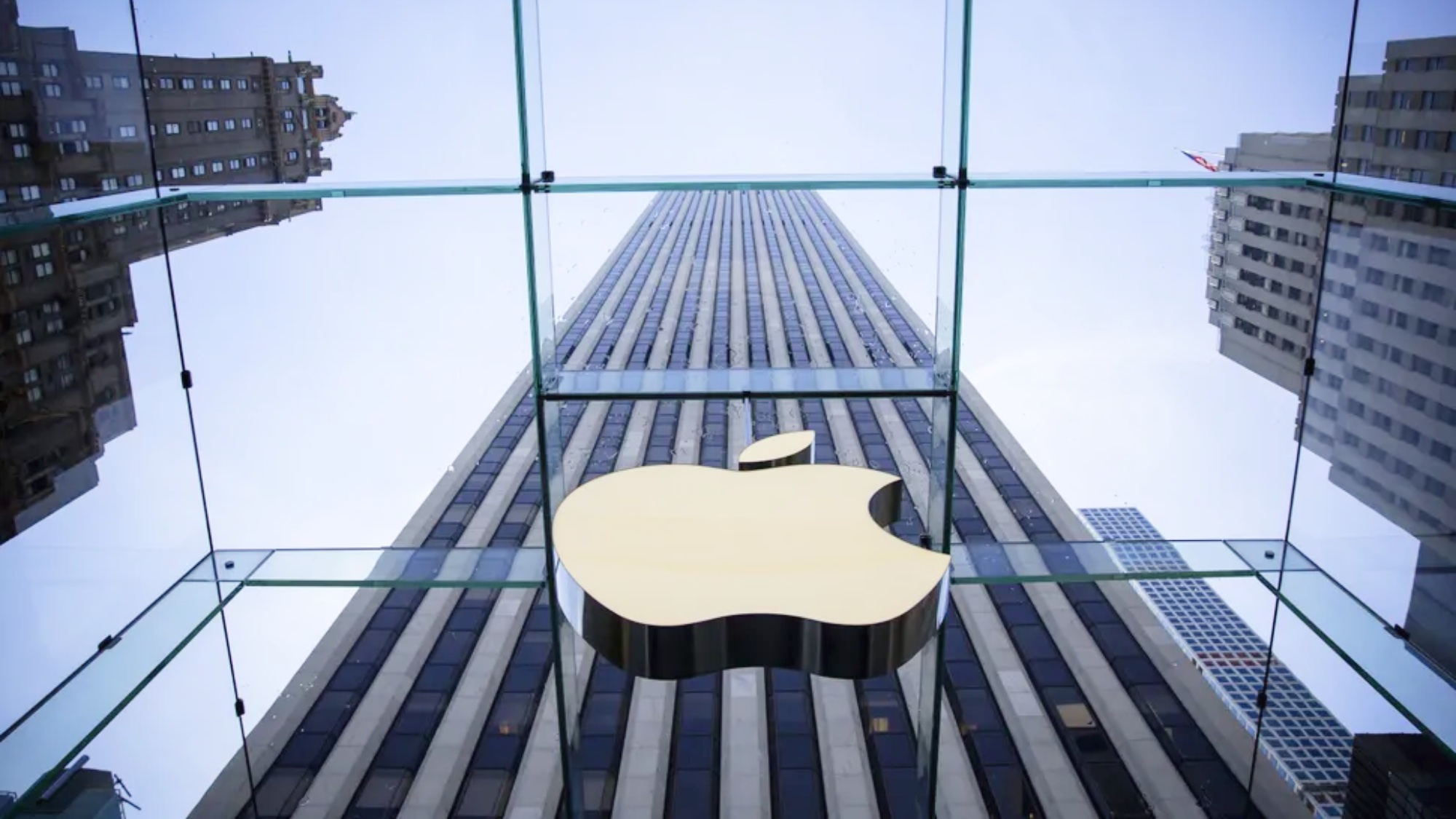
According to a report from CNBC, Apple may have to raise prices on iPhones and other products because of the tariffs against China instituted by President Trump.
One analyst said, "No company is more impacted by this tariff Armageddon than Apple."
According to the report, 90% of iPhones are made in China, and 80% of iPads.
Apple has tried to get ahead of Trump's tariffs with new plants in Vietnam and India, though prior to Trump backing down on Wednesday, those countries were supposed to see tariffs as high as 46%.
Analysts quoted in the report believe that Apple may have to raise prices, though the company has clearly been trying to avoid that.
“Apple is the poster child for the trade war,” said Kif Leswing, a technology reporter at CNBC. “And right now, they’re not saying much at all.”
Tech companies face uncertainty
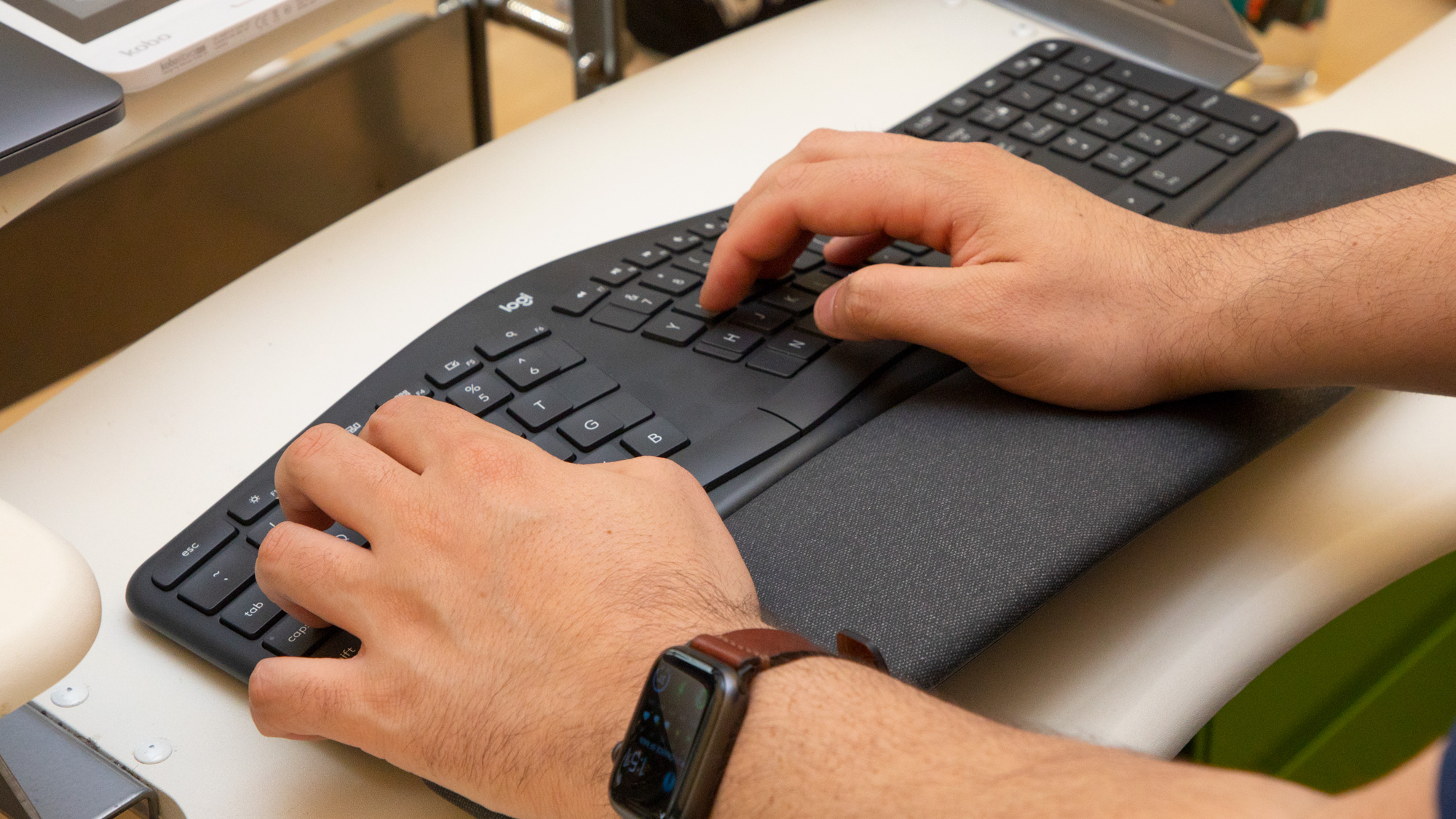
The Trump tariffs have one constant: uncertainty. This is especially true for tech companies that import parts and products from all over the world, including China, which faces the heaviest tariffs from the administration.
In response to the changing economic times, Anker has increased prices by 18% for its chargers and other products, as reported by SmartScout. It's worth noting that brands like Anker tend to change prices frequently based on Amazon sales events and the link, but an increase across the board is certainly worth noting.
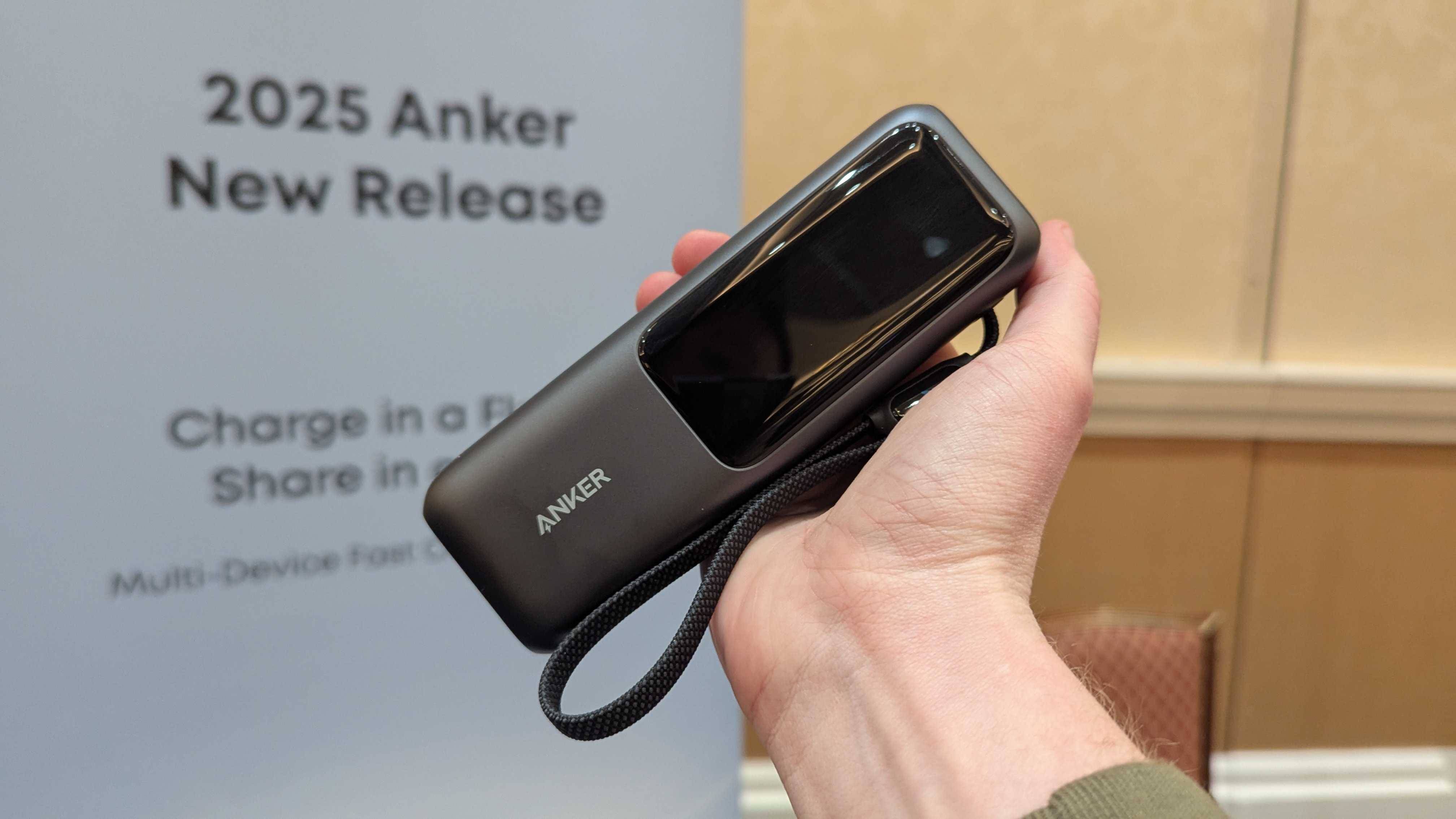
As reported by Reuters, Logitech, one of the biggest PC peripheral makers, withdrew its 2026 forecast, citing continued uncertainty about U.S. President Donald Trump's trade policies. Logitech is a Swiss-American company, and the tariffs hit Switzerland harder than other European countries.
It's not just brands that are worried, either. A new report from Bloomberg says people are buying iPhones in larger quantities in preparation for a price increase that may or may not happen. An Apple Store employee said it felt like the holiday shopping season surge.
How much would items cost with a 10% increase?
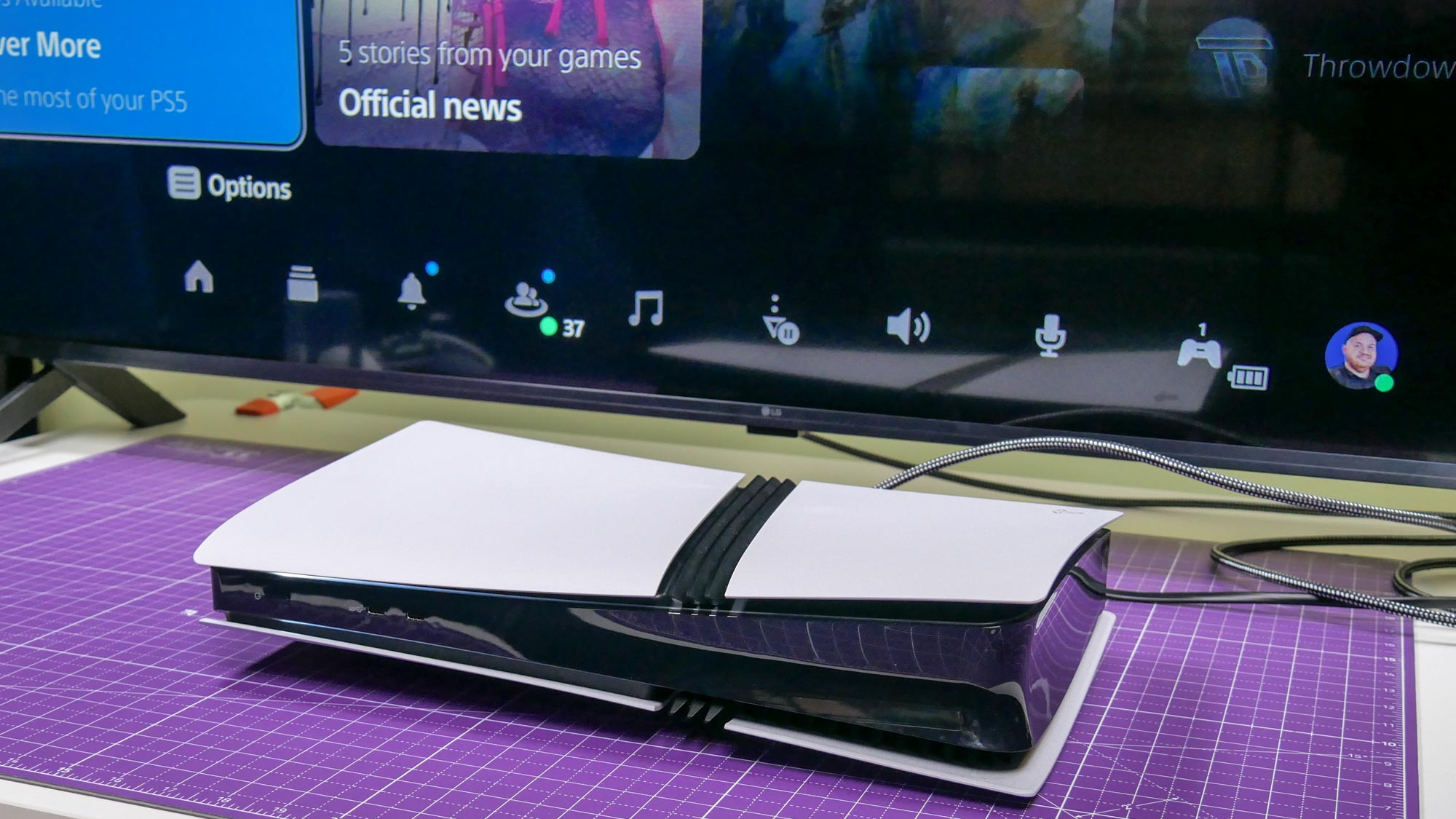
Let's say the tariffs stay at 10% indefinitely. While a lot better than the amount originally proposed as part of Trump's tariff plan, it's still an increase over what it used to be.
So let's imagine all products went up by 10% to compensate for the increased tariffs — how much would some popular tech items cost? Let's take a look.
- iPhone 16: originally $799, would be $878.90
- Xbox Series X: originally $499, would be $548.90
- PlayStation 5 Pro: originally $699, would be $768.90
- Galaxy S25 Ultra: originally $1,299, would be $1,428.90
- 11th-gen iPad: originally $349, would be $383.90
- DjI Neo Mini: originally $199, would be $218.90
- Hisense CanvasTV S7N 55-Inch TV: originally $999, would be $1,098.90
That's just a small sample of some of the most popular tech products with a 10% price hike.
Those numbers assume that the products are not coming from China because a 125% tariff could mean that the prices would be more than double. Imagine paying more than $1,500 for a PS5 Pro.
It could get scary out there for the U.S. economy, but we'll hope for the best.
Are we dodging a recession?
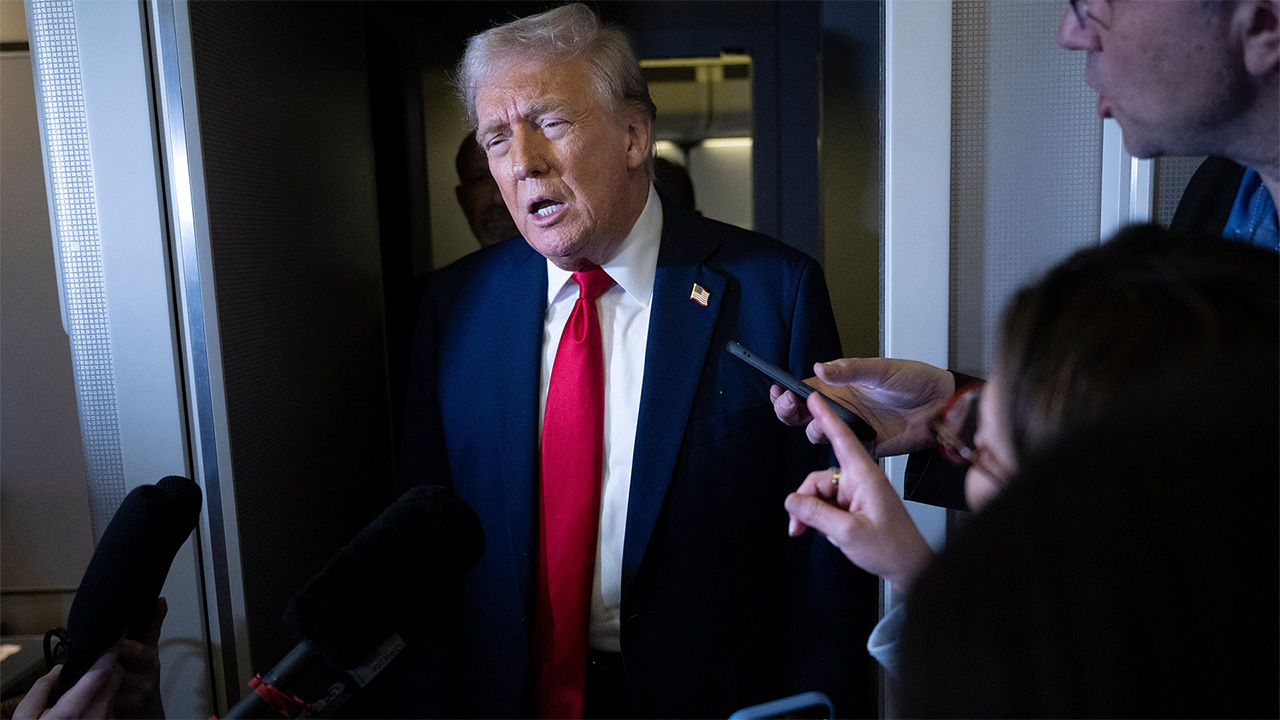
The biggest question on many people's minds is whether the U.S. economy will enter a recession with all the recent hits it has taken.
According to Goldman Sachs, the odds of a recession are lower. However, it also said it forecasts minimal economic growth and a 45% recession probability based on the remaining tariffs.
"We are reverting to our previous non-recession baseline forecast with GDP growth of 0.5% and a 45% probability of recession,” a group of researchers led by Jan Hatzius wrote in a report.
It's a scary time for sure.
Has Apple found a workaround?
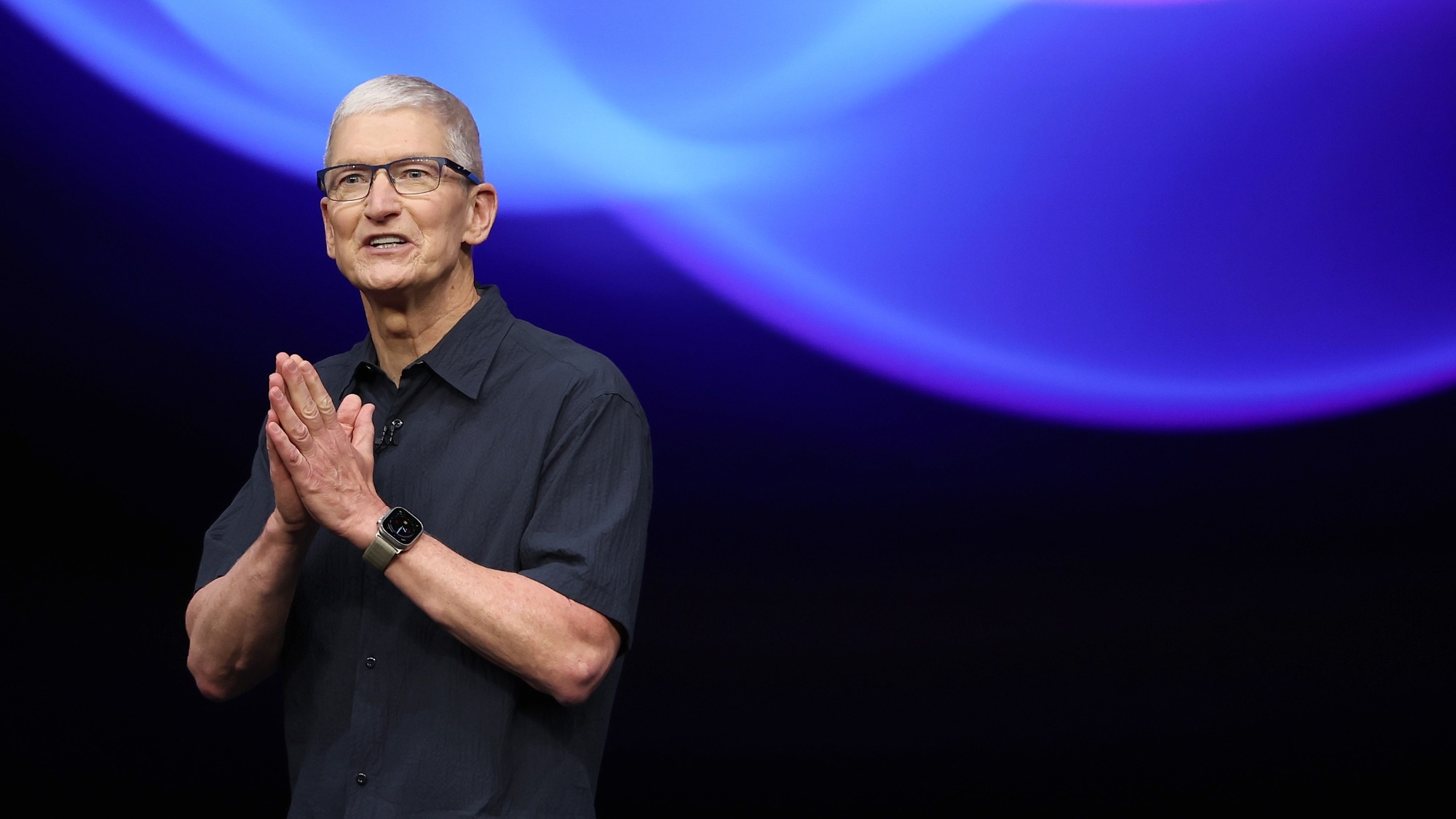
Give large companies a problem that costs money, and they'll find a way to work around the problem to save some cash. Apple is no exception, and a new report indicates the company may have found a way to get around the Trump tariffs, which hugely impact goods shipped to the U.S. from China.
According to Reuters, Apple has airlifted 600 tons of iPhones, or as many as 1.5 million devices, to the United States from India, which would allow the company to avoid the massive 125% tariff on China. It would also give the company a nice stockpile as the tariff situation continually evolves.
We've seen reports that iPhone prices in the U.S. could increase sharply, but if Apple can get around paying higher tariffs, perhaps we can keep prices where they are, with the company taking a slightly smaller margin.
Only time will tell for sure, but it seems Apple has a plan in place, and that's a good thing for smartphone shoppers looking to spend as little as possible.
But will the iPhone 17 models be so lucky? That remains to be seen.
What about Switch 2?
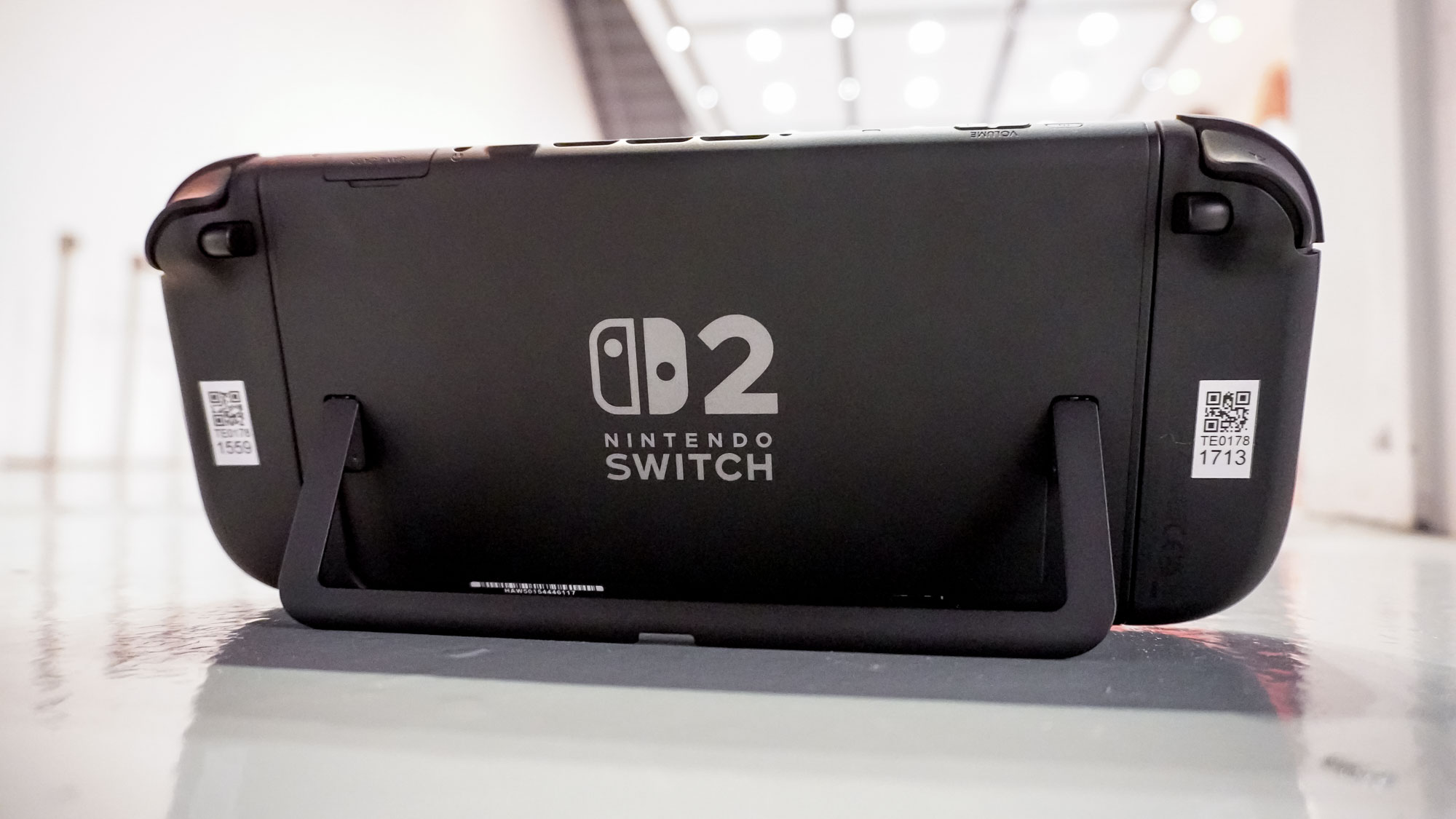
Right now, there's no way to know what'll happen with the Nintendo Switch 2 and the tariffs. We can certainly speculate, though.
Based on reports from around the web, it sounds like Nintendo is moving a third of its Switch 2 production to Vietnam, which only faces a 10% tariff from the Trump administration thanks to the 90-day delay on the larger 46% tariff.
If this is the case, it would allow Nintendo to ship as many consoles as possible to the U.S. during those 90 days, giving the company enough consoles to keep up with demand (or at least come closer than it could have while paying the higher tariff).
Will the price remain $450? As of now, it seems like it will, but it's unclear whether Nintendo will be able to maintain that price for the long haul.
Tariffs may come for Hollywood too

China is Hollywood's second largest market (after the U.S.), and over the past 15 years, the American film industry has increasingly targeted Chinese moviegoers, especially with large action franchises like Mission Impossible or the Marvel superhero films, and it's been incredibly lucrative, too.
But now that the trade war between the U.S. and China is heating up after President Trump's 54%, then 104%, and now 125% tariffs on goods imported from China, the country may have another retaliation in mind: movies.
As reported by The Verge, a (Google translated) statement from the Chinese Film Authority said that, "We will follow market rules, respect the audience’s choice, and moderately reduce the number of American films imported."
Although the tariffs only apply (at the moment) to physical goods, this move from the CFA signals that the two countries may start looking for other ways to escalate their ongoing trade dispute. Foreign movies have to pass a rigorous screening process to be approved for Chinese release, and so America's film industry may be about to be dealt a relatively large blow.
What the long-term plan for chips may look like
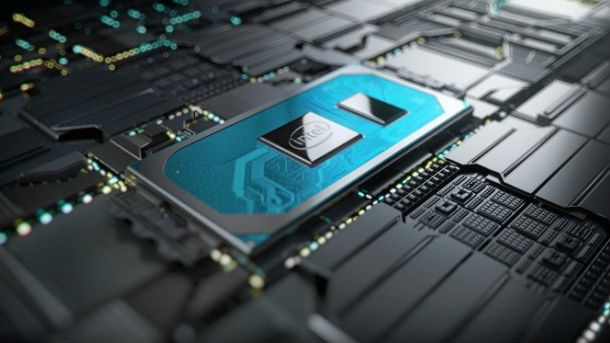
With the forever-changing tariff situation happening fast, it can be tricky to gauge how the effects will shift the price and manufacturing of all the tech we enjoy. However, analysts have shown us what the future could look like — especially when it comes to semiconductors and chips.
According to Forrester senior analyst Alvin Nguyen: "For semiconductors, we may see certain goods no longer making sense to produce due to the cost and the value seen from IT purchases diminishing."
This could result in more products being built around the world, which may be "beneficial as there is less dependence on Taiwan for the majority of chip production," Nguyen states.
Finally, as a look into the future, Nguyen says that "we should see a healthier global ecosystem for semiconductor manufacturing and more supply chain options in where chips are produced and can be procured." Whether all this will play out? We'll have to wait to see.
Expert analyst weighs in on how Apple may deal with tariffs
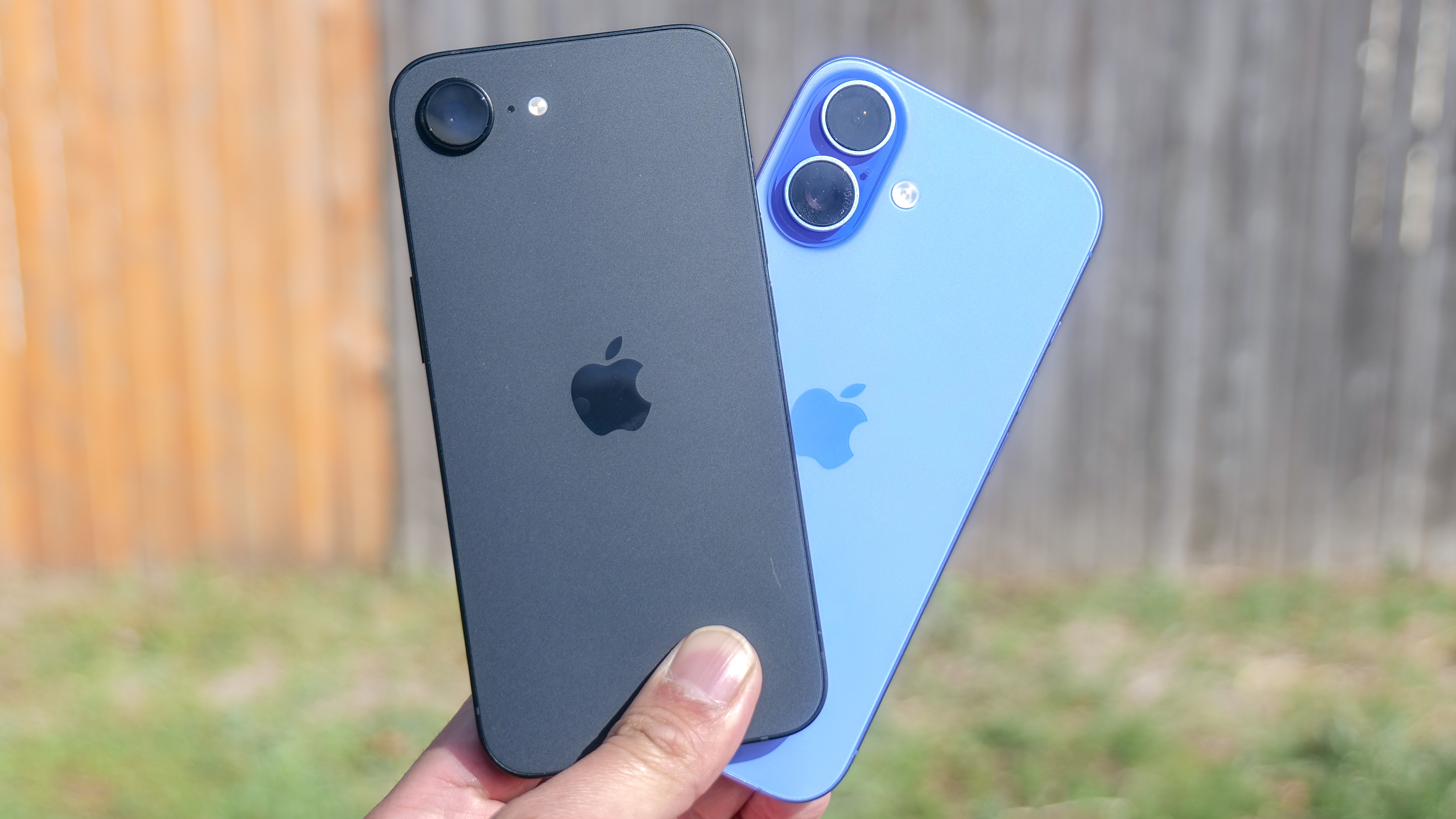
Forrester analysts have reached out to Tom's Guide to weigh in on the state of how tariffs will impact various companies, including Apple. Apparently, the Cupertino tech giant may be able to "absorb some of the tariff-induced costs."
“As a company with lucrative margins on its devices, Apple can absorb some of the tariff-induced cost increases without significant financial impact, at least in the short term," states Forrester VP principal analyst Dipanjan Chatterjee. "Apple is also uniquely positioned to pass on a reasonable chunk of the price increase because it has built a price moat around itself with exceptional brand equity and customer experience."
Chatterjee continues: "The brand commands better loyalty than its competitors, and it is unlikely that a manageable price increase will send these customers fleeing into the arms of Android-based competitors.”
“Apple has announced plans to invest $500 billion in the US over the next four years, but I predict they will adopt a wait-and-watch approach, hedging their bets and saying more while doing less. The primary reason for this is the extreme volatility surrounding these policies. In such a volatile environment, Apple will be loath to take drastic action that is hard to do and harder still to undo.”
But with analysts predicting the price of an iPhone will triple if it's made in the U.S., it's hard to know how customers will react to any type of price hike on Apple products.
Will Nvidia GPUs be exempt from reciprocal tariffs?
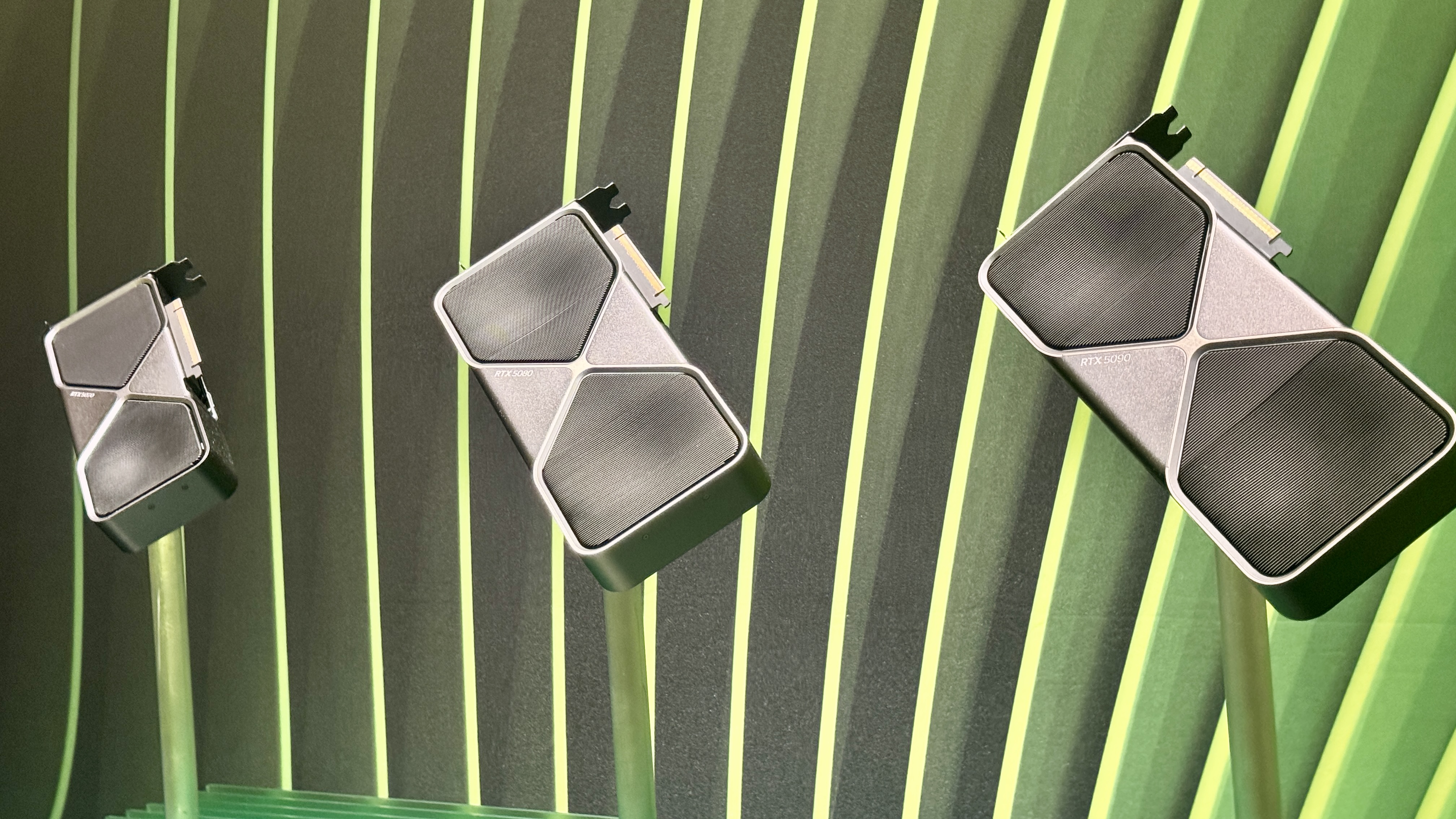
Nvidia's latest RTX 50-series GPUs are already pricey enough, but one question on the minds of PC gamers is if graphics cards will be targeted by tariffs. However, as per a report from PC Gamer, the Consumer Technology Association (CTA) confirms the tariffs will impact GPUs in another way.
While graphics cards, including Nvidia's popular GPUs, shouldn't be hit by reciprocal tariffs, they will still have to go through a 25% aluminum-based tariff, meaning prices are still expected to rise.
Still, the CTA believes that GPUs will soon face more tariffs, seeing as products from Nvidia manufactured in China and Taiwan will be hit with a 104% tariff. For now, we'll have to wait and see if upcoming GPUs will see major price rises, including the rumored RTX 5060 GPUs.
Canon reportedly cancels price cuts in the US
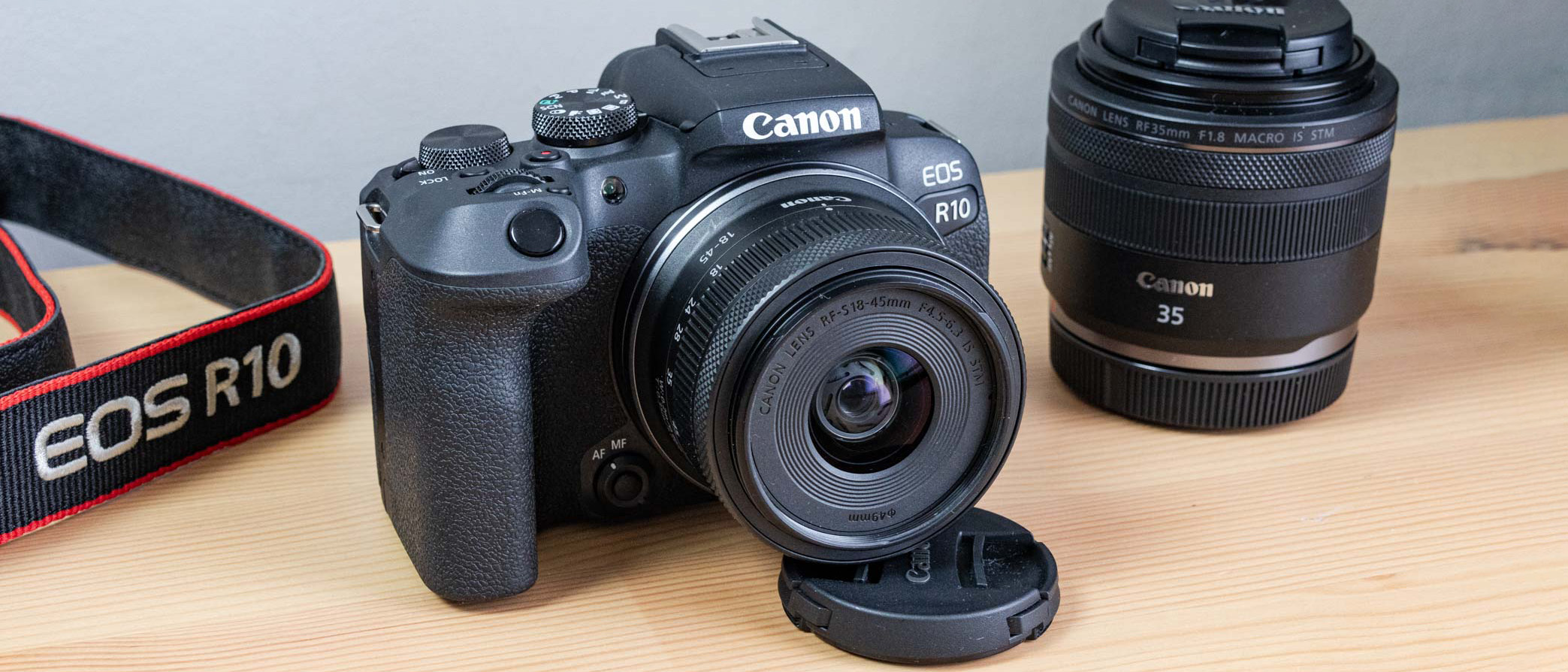
Usually, tech gets cheaper over time as previously cutting edge developments become more mainstream and affordable. But the tariffs may have reversed this trend for Canon's cameras, with Canon Rumors reporting (via TechRadar) that scheduled price drops have now been canceled.
The site explained that "price drops that were scheduled for May on both the EOS R7 and EOS R10 have been canceled in the United States. The price drops were going to be significant." However, the price reductions are still expected to go ahead in other regions.
This rumor came before Trump's U-turn on tariffs late yesterday, so it's possible things will reverse course now Japanese imports are only subject to the universal 10% tariff. But who knows what will happen between now and May that may influence Canon's decision.
Can Apple manufacture iPhones in the US?
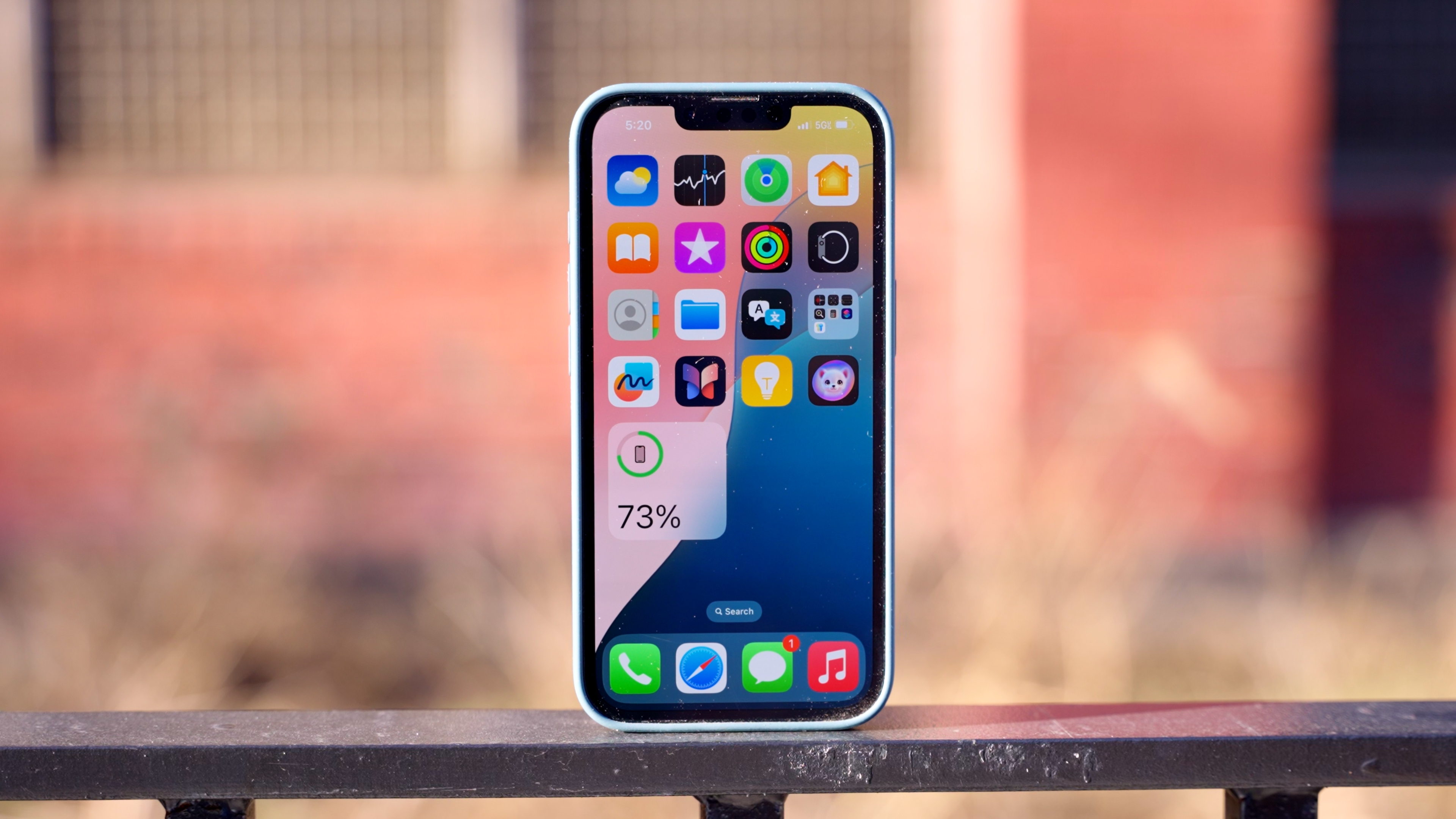
Part of the rationale for tariffs (in normal times) is to boost domestic business by having more products made in the U.S.. An example often floated is that Apple could produce the iPhone in the states rather than importing it from China, but some experts aren't sure this would work in practice.
Apple can't spring up a factory and production line overnight, so for the next few years, iPhones would be set to have the 125% tariff levied on them as they cross into the U.S. (assuming Apple can't negotiate an exemption). Whether the company would pass that all onto you when you buy a new phone is unclear.
But let's say it was technically possible for Apple to lauch production facilitates in the U.S., how would that affect things? My colleague Tom Pritchard spoke to IDC's Group Vice President of WW Device Trackers, who said that, even though Apple had previously committed to spending $500 billion on American facilities in the next four years, prices will still rise.
The components, materials and natural resources will still have to come from Asia (and mainly China) so would be subject to the same large tariffs almost doubling the cost, so a "farm to table" approach will never be possible, as Apple could only ever assemble devices in the U.S.
Bikes are going to get a lot more expensive

We saw initial signs of this yesterday, with electric scooter brand Hiboy laying the groundwork for price increases, but the 125% tariffs levied on Chinese imports is probably going to hit all outdoor transport, with bikes and electric bikes caught in the middle.
According to the Financial Times, the bike industry is already in a bit of a downturn after the pandemic led to a huge increase in sales followed by a steep decline when measures ended a few years ago. And with most bikes, especially electric bikes, manufactured in China, it's about to get a lot tougher for these brands.
The FT spoke to Kent International, a U.S. bike manufacturer, who said that it'll need to raise prices, even though it's started moving some assembly to the U.S., as the components still come from China and will be subject to the (currently) 125% traffic.
"We’re in quite a quandary now. We’ve established a factory [but] we’re paying these very high tariffs, too," Arnold Kamler, Kent International's chair, explained to the FT. With around 12.5 million bikes sold in the U.S. each year, and most produced in China, taking a ride is about to get a lot more expensive.
Why do tariffs exist?

Over the past century, international trade has become easier with better transport and faster communication. So you often find that products sold in one country are made in a completely different one from components sourced from around the world.
But this will often mean that you import a lot more goods than you sell to other countries. This is known as the trade deficit. If you're concerned that this number is getting to large, with a significant imbalance between what you sell (export) and what you buy (import), you might add tariffs to imported goods.
This increases the cost of these items and could encourage people to buy goods made domestically instead. It also has the knock on effect of protecting domestic businesses from cheaper imports, even if that means higher prices.
The Trump administration's tariffs may have been attempting to address the trade deficit and protect U.S. businesses, but the latest developments suggest that wasn't the whole reason, with China hit with 125% tariffs and levies still applied to Mexico and Canada, two of the U.S. closest trading partners.
And with so many of the largest U.S. businesses reliant on imports from China and elsewhere, it's not clear who'll benefit from such large increases in costs.
Framework pre-orders return
We're opening US pre-orders on Framework Laptop 12 tomorrow, April 10th at 9am PT! DIY Edition starts at $549, and first shipments are in June. https://t.co/DfxkPEyyDXApril 10, 2025
Repairable laptop manufacturer Framework has had a... fun few days. After announcing that it would stop sales of its lower-end devices in the U.S. as a result of the tariffs, and that pre-orders of its latest laptop wouldn't go ahead in the states, the 90-day pause has offered some relief: pre-orders will go ahead, just a day late.
The brand took to the social media site formerly known as Twitter to announce that pre-orders for the Framework Laptop 12 begin at 9 a.m PT, with the "DIY Edition [starting] at $549, and first shipments in June."
My colleague Alex Wawro got his hands on the Laptop 12 earlier this year, and said that it "has real potential to be popular among teachers, students and parents who want to give their kids a laptop to study on that they can also learn to repair themselves."
Given how quickly the brand responded to the tariffs, it's a huge win for the repairable laptop manufacturer to find a way to still deliver it's latest device to the U.S. and may be an example others, including Nintendo, could follow with the Switch 2.
Tariffs on pause but chaos remains
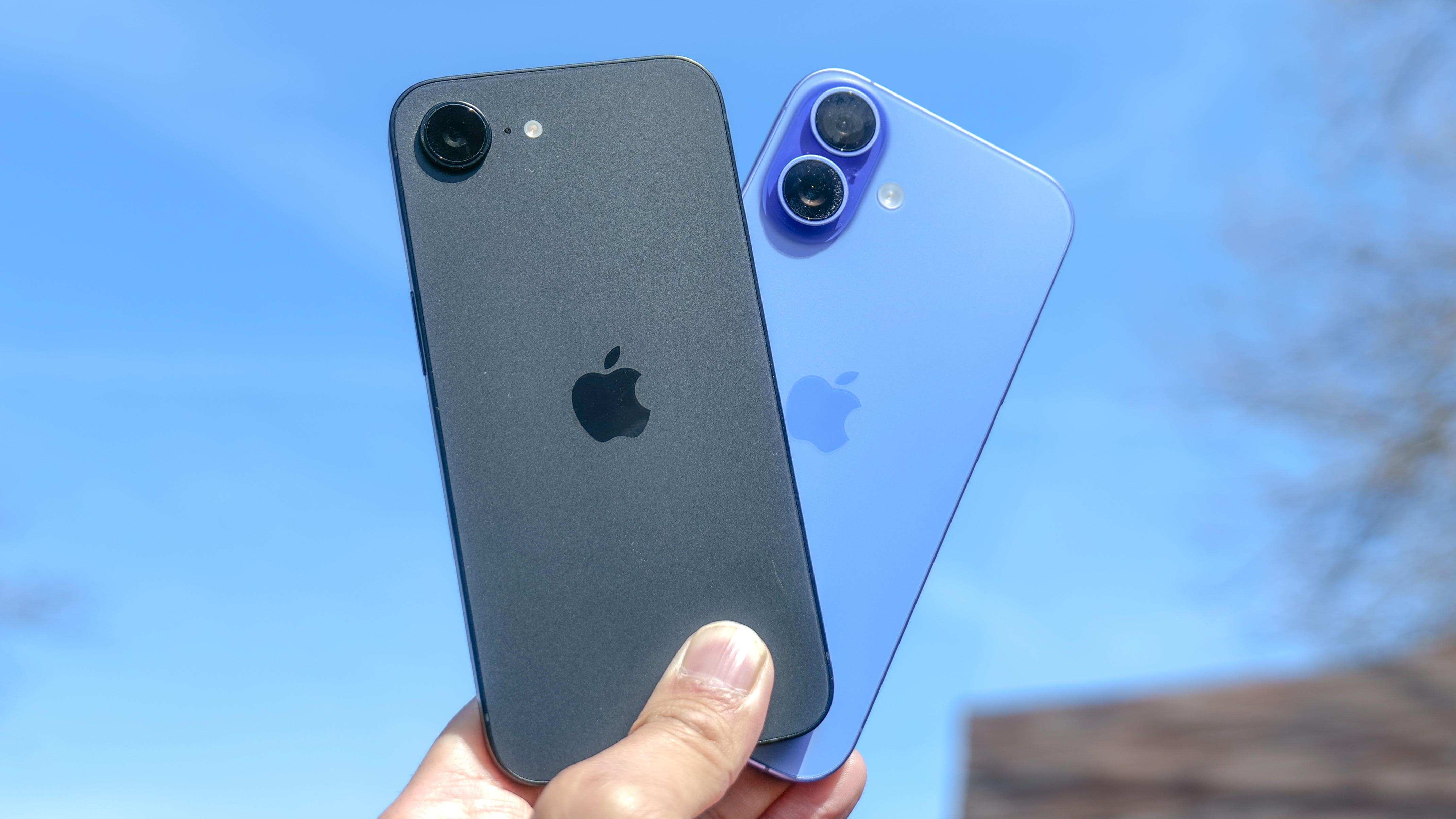
The effects of the Trump administration's tariffs are still on show across the world, as the 90-day pause offers some relief to the markets for now. But businesses rely on stability — after all, how can you make a product with components from around the world when you have no idea how much they're going to cost?
This is the challenge now facing all U.S. businesses, as they try to work out the best route forward. The 90-day pause could be 90 days, or it could be several months or it could last just a few days. And in that kind of environment, it's difficult to make long term plans.
So launches like the iPhone 17, which are almost six months away, could still feel the brunt of these tariffs, whether they actually come into effect or not. Perhaps Apple moves away from Chinese production (not likely in that timeframe) but even if that was possible, it'd need to find new suppliers, create manufacturing lines, train staff and ship devices.
And with Chinese imports still facing an enormous 125% tariff on entry into the U.S., and most tech products manufactured in China, it seems almost inevitable at this point that prices will have to rise.
Which is why now might be the best time to dig into deals, like Amazon's headphones sale to pick up new tech before prices increase.
How are some companies responding

As the tariff fallout continues, some companies have announced that we can expect to see higher prices and different sourcing.
Best Buy, for example, warned that prices might get higher in a call with analysts.
Target also warned about potential price bumps. The Minnesota based retailer also said that it is looking at moving sourcing from some of its in house brands to countries like Guatemala and Honduras.
Some of these reports, via Reuters, came out before today's tariff pause announcement, but with the volatility shown by the administration, it seems some plans are likely to be unchanged.
Costco is one company that seems able to stand up to tariffs thanks to flexibility and a "treasure hunt structure" that enables them to replace or find new offerings.
No relief for board games

One industry that likely won't see relief from the 90 day pause is the board game industry.
Most, if not a majority, of board games on store shelves from big box store s like Target to local mom and pop operations, are manufactured in China. It was going to be rough before today's announcement of 125% tariffs which was 104% this morning.
As Polygon noted in interviews with publishers from across the industry, a panic is setting in that the boardgame world might not recover.
Some of it is related to the Kickstarter model that dominates the industry from solo developers on up to major operations like CMON Games. A lot of games that are produced via Kickstarter find manufacturing partners in China.
Like tech companies, some are looking to move production to countries like Vietnam or South Korea.
With the tariff pause, some companies might be alright as they move production out of China or get tighter with partners in other countries.
For now, things still look dour.
Who pays tariffs?
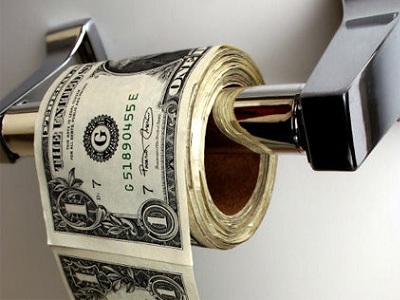
It's been explained before but as a reminder, tariffs are a percentage of the price of a product that a buyer pays a seller of good made in another country.
Simply, importers or American companies pay the tariffs as taxes that go to the U.S. Treasury. In general those costs are then passed on to customers in the form of higher prices. Economists regularly note that it's consumers that foot the bill for tariffs.
Companies can also be punished as both seller and buyer when they have to purchase components of products that are manufactured elsewhere. For example, Samsung manufacturers TVs that sell in North America in Mexico (which has a lower tariff compared to the current one for China) but sources components like displays from other countries which might have higher tariffs.
Our explainer from 2019 when then-President Trump introduced 25% tariffs on Chinese exports remains relevant for the current discussion.
Today, you can see how it affects even major companies like Apple as it attempts to import iPhones made elsewhere.
Mexico and Canada still have ongoing 25% tariffs
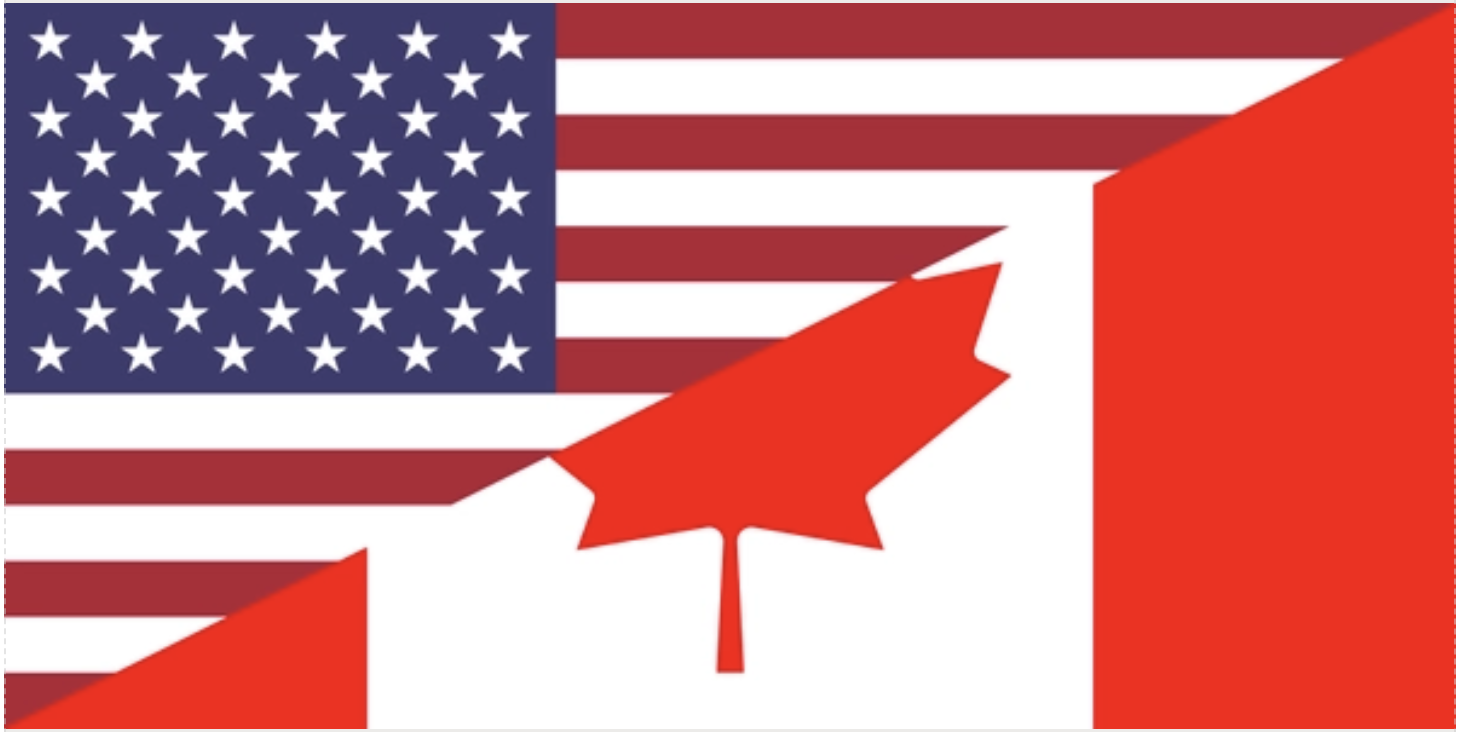
Earlier today, Treasury Secretary Scott Bessent claimed that Mexico and Canada would be subject to 10% tariffs.
However, the AP reports that the neighboring countries will still get taxed up to 25%. These tariffs were specifically introduced to ostensibly stop fentanyl smuggling and illegel immigration. It's also related to the trade agreement that was signed between the three countries during Trump's first administration that is ongoing.
Sony Bravia 8 II OLED TV price is so high tariffs could be to blame

We recently got a look at the new Sony Bravia 8 II OLED TV, which is essentially a spiritual successor to the A95L. Pricing aside, it will likley be one of the best TVs you can buy.
But, it will be more expensive, which possibly points some baked in tariff avoidance.
The 65-inch set, for example, costs $3,999.99 in the United States, which is $500 more than the similarly sized A95L.
Meanwhile, the Canadian version is priced at $4,999.99, the same price as the A95L when it was released in 2023.
A quick conversion of the Canadian price gets you down to the $3,500 range from 2023.
Looking at prices for all of the new Sony Bravia sets, it looks like Americans will be paying more across the board compared to our northern neighbors, likely due to Trump's tariffs, paused or not.
It's an unfortunate add-on for premium TVs that have gotten a bit more expensive.
Stock markets surge but fallout still unclear

With the announcement of a 90 day pause, stock markets surged at rates that haven't been seen since at least 2008.
However, the fallout from the now 125% rate facing China, is still unclear.
Many companies, including tech companies, still use factories in China to produce their goods or obtain resources.
Yes, companies like Nintendo and Apple have moved production to other countries like India and Vietnam, but they are still tied to China for various parts and components.
It's a fluid situation that Trump advisors suggested was all part of the plan to flip flop as needed.
Meanwhile, American voters across various polls are largely against the tariffs and don't believe they serve the economy.
Google determining tariff response
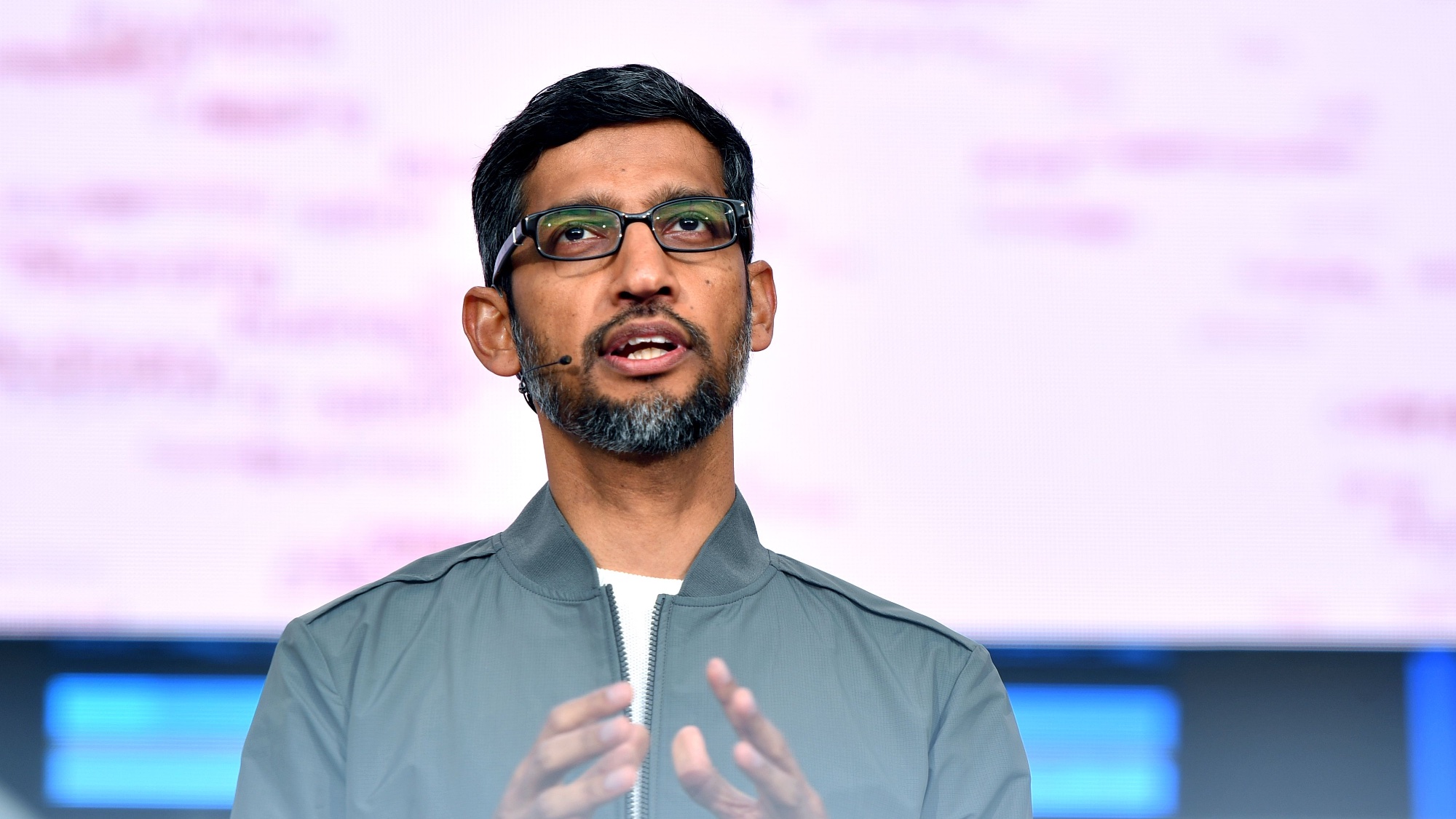
Before Trump's tariff announcement today, Google already said in an interview that the company was trying to determine its response to Trump's tariffs.
“The tariff side is so fluid,” Google's cloud CEO Thomas Kurian said. “I don’t want to comment on it, because it’s changing by the minute. We’re working similar to every other company to look at what we should do.”
With tariffs being reduced for most countries, save China, which got a higher rate, it is certainly a fluid situation and likely to change again in the coming days.
Reciprocal tariffs abruptly halted, sort of
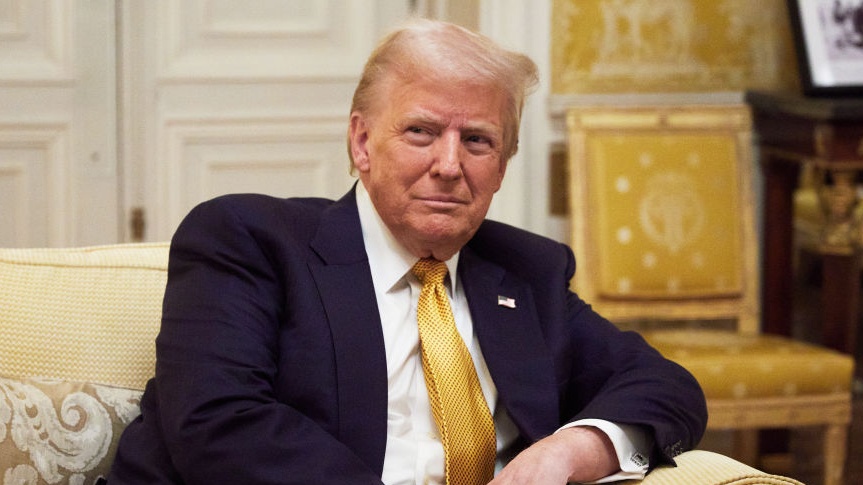
Precise details have not yet been released, and it may be some time before anything more concrete actually arrives from the White House.
Treasury Secretary Scott Bessent told reporters that Trump is pausing the reciprocal tariffs, ie the huge tariff percentages that were hitting countries like India and Vietnam where a number of companies moved production to avoid Chinese tariffs.
However, he did say that a baseline 10% tariff on most global imports was staying in place.
For now, it appears Trump has scaled back a global trade war to a narrowed one between the U.S. and China, which reportedly may be preparing for actual war as well.
Trump announces 90-day tariff pause for some countries
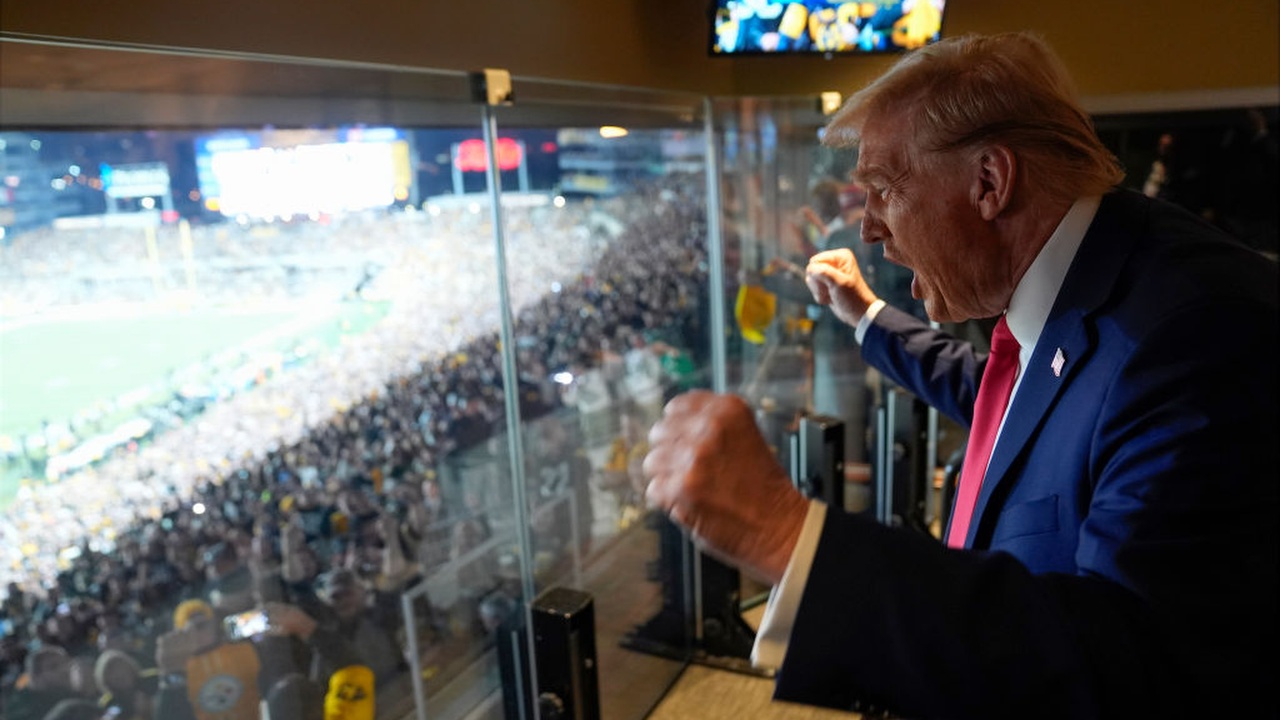
Just now, President Trump went on the conservative social media platform Truth Social and said that he was pausing tariffs for "more than 75 countries" that have supposedly contacted US officials to "negotiate a solution" to trade concerns created by his tariffs.
Additionally, he upped tariffs against Chinese goods from 104% to 125% "effective immediately" which he claimed was due to the "lack of respect that China has shown to the World's Markets."
The angry response may be due to retaliatory tariffs of 84% introduced by China against American exports.
This is breaking news, and it's not clear which countries are being let off the tariff hook at this time.
Keyboardio - US keyboard maker pens open letter about tariffs
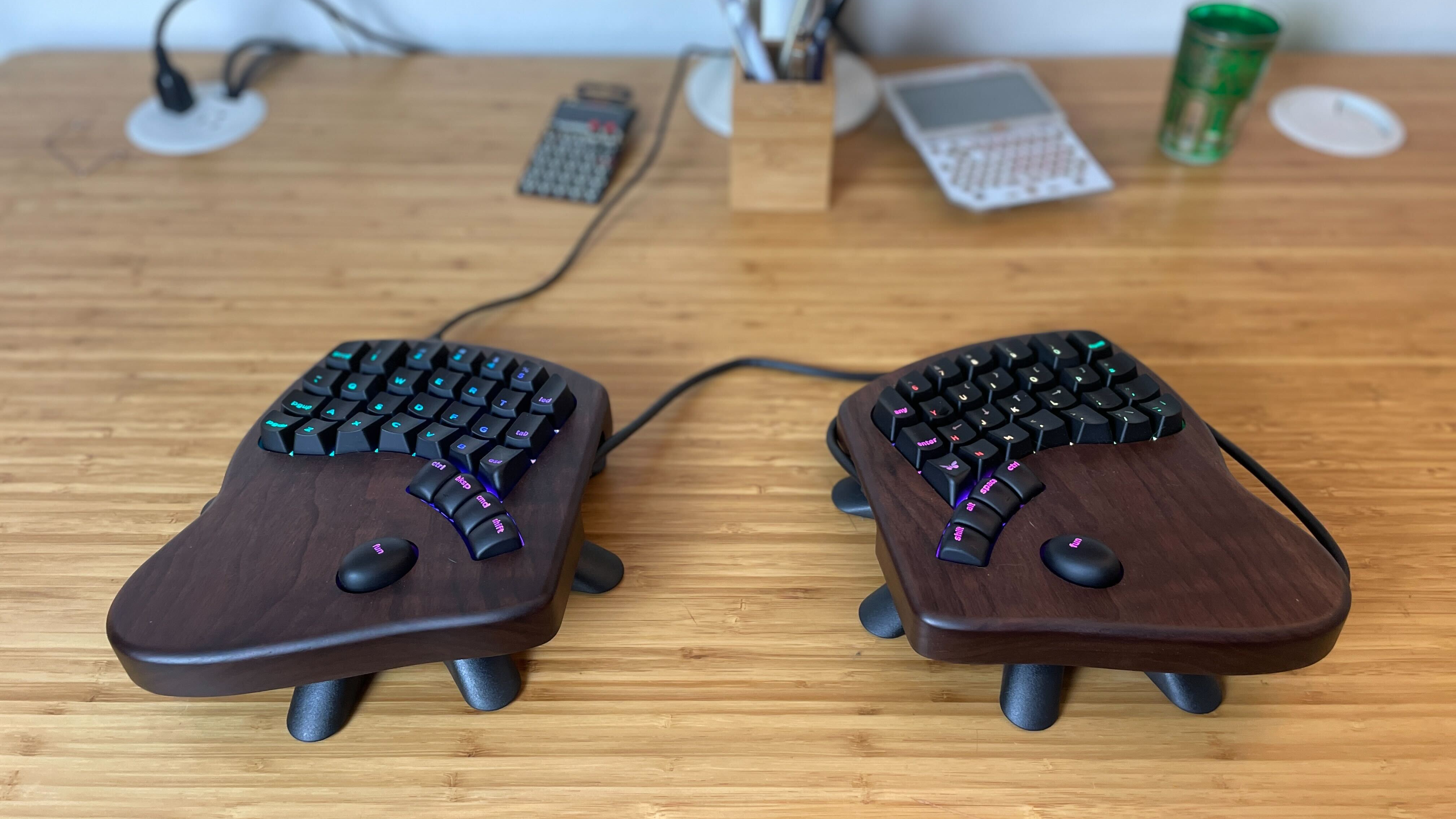
Keyboardio, a US-based specialist keyboard maker, penned an open letter to customers before Trump's tariffs kicked in saying, "If you want a keyboard, you should buy it now."
Keyboardio makes split keyboards, but warns that US customers will face an $188 charge thanks to tariffs on its Model 100 keyboards, plus other fees.
This letter was written before it was announced that China would be facing 104% tariffs and Keyboardio was looking at a 54% tariff for goods made in China.
"Most of our electrical components are made in China. Sometimes we'll use or consider components not made in China – and they're made in Japan, Taiwan, or Germany. The USA doesn't make the components we need."
Keyboardio even offers a comparison to Norbauer which makes everything in the US but its keyboards cost $3,600!
Apple's midnight flights and iPhone panic buying
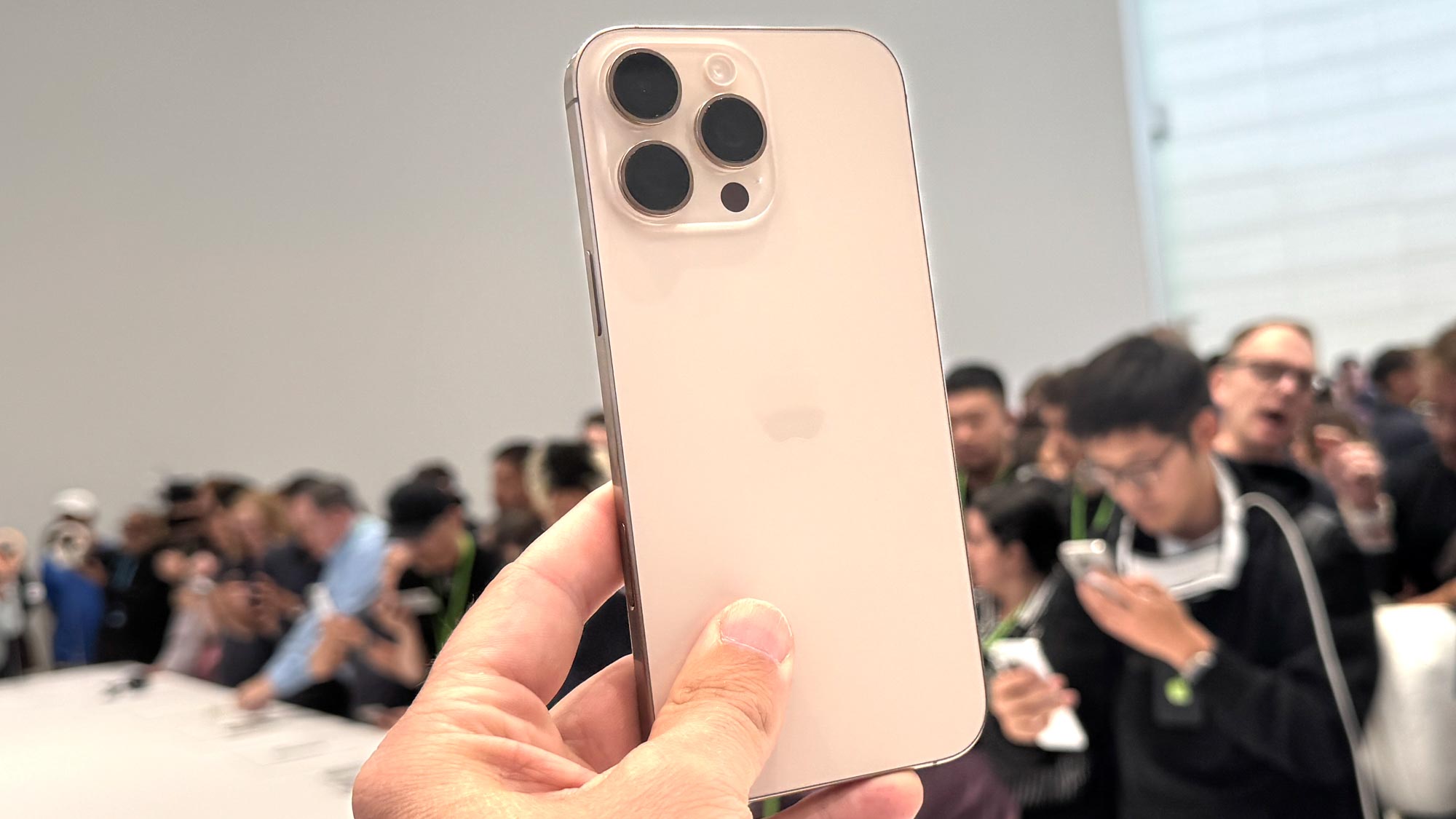
As President Trump's tariffs kick in, reports came out that Apple had allegedly rushed to stockpile iPhone inventory in the United States by flying five planes full of Apple products made in India and China before the April 8 tariff start.
The new report from The Times of India claims Apple did this over three days at the end of March.
“Factories in India and China and other key locations had been shipping products to the US in anticipation of the higher tariffs,” one source told The Times.
These kinds of moves are being done to delay the impact of the tariffs as much as possible.
Meanwhile, Bloomberg is reporting that people are panic buying iPhones at Apple Stores across the country out of fear of prices going up.
Allegedly, Apple Stores have seen holiday season-esque atmospheres with frenzied purchases.
As a result of the tariffs, the stock market has been taking a beating and Apple has perhaps suffered the most out of the big American tech companies. The firm's valuation fell by more than half a trillion dollars last week and it isn't recovering this week.
What is the 'water clause?'
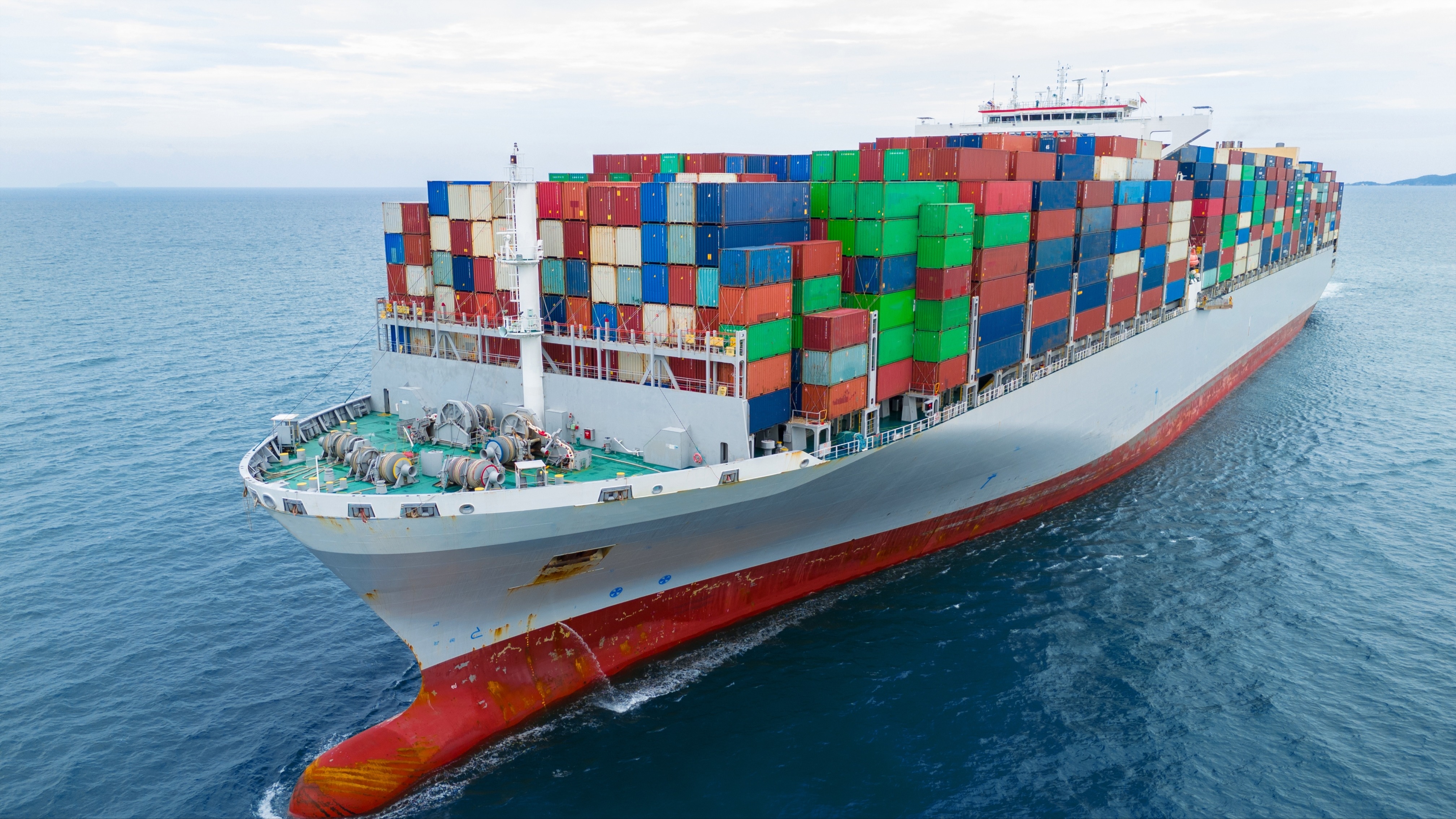
Any goods already in transit will not need to pay the additional reciprocal tariffs thanks to a clause released by the U.S. Customs and Border Protection.
It reads as follows: "Articles the product of the countries that have an additional country-specific rate of duty, identified in 9903.01.43 – 9903.01.76, that were (1) loaded onto a vessel at the port of loading and in transit on the final mode of transport on or after 12:01 a.m. EDT April 5, 2025, and before 12:01 a.m. EDT April 9, 2025, and (2) are entered for consumption, or withdrawn from warehouse for consumption, before 12:01 a.m. EDT on May 27 2025, are subject to the 10% additional rate in lieu of the country-specific rate of duty."
If an item is already on its way from its origin country after April 5, 2025, at 12:01 a.m. EDT and before April 9, 2025, at 12:01 a.m. EDT, it won't be subject to country-specific reciprocal tariffs.
What this means for you is that if there's a big-ticket item you want to purchase, the next batch of shipments might maintain their lower price, but the next batch will be subject to the massive tariffs and may be more expensive.
Electric scooters enter the tariffs chat
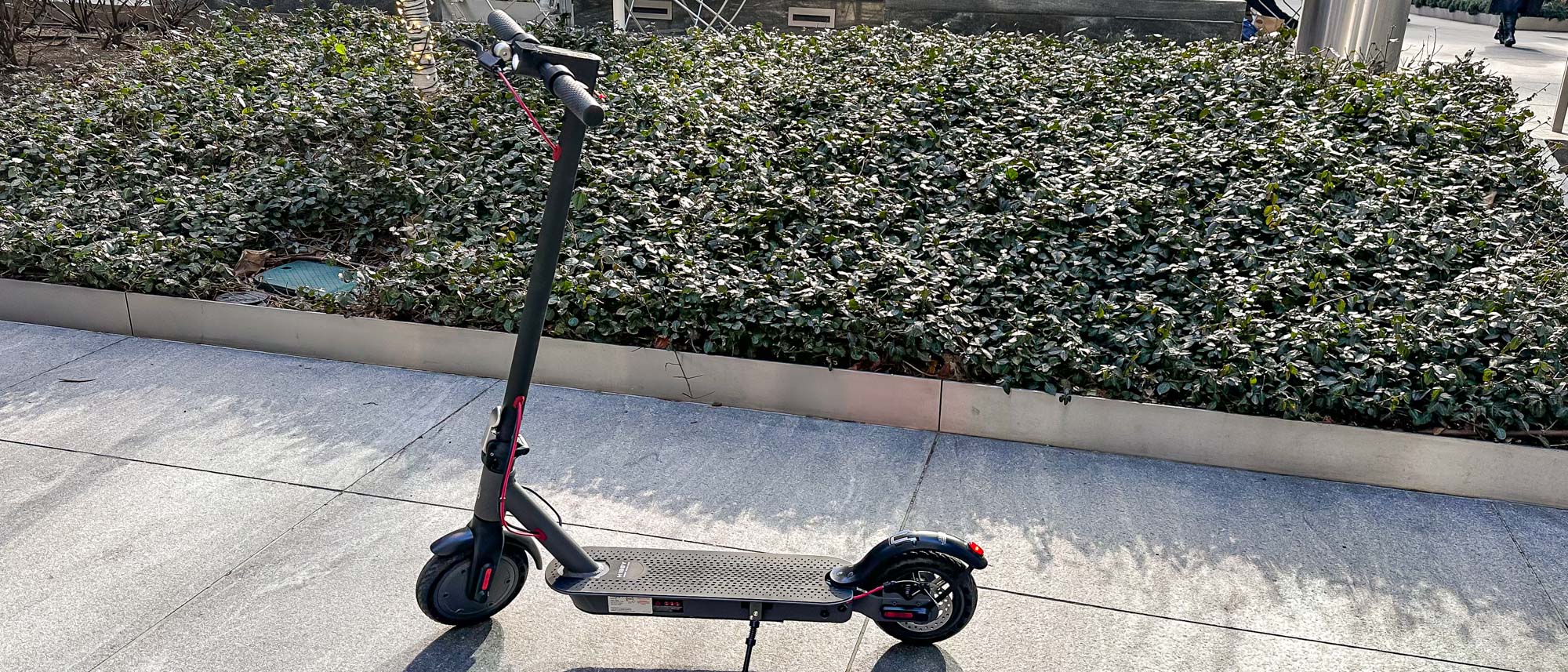
Another well-known brand famed for its value products has also written to customers with warnings of price increases to come. Hiboy, makers of some of the best electric scooters, sent a letter with an "important update regarding [their] pricing."
The company goes on to say that "Our e-scooter and e-bike prices will be increasing soon due to these recent tariff changes... If you’ve been considering a purchase, we encourage you to take advantage of our current pricing while it’s still available."
Hilboy didn't give any specific examples of how much prices would increase, probably because the company is still assessing the effect of the 104% tariffs applied to Chinese imports this morning.
As we reported earlier, this may be a common trend, with brands sticking to current pricing until they run out of U.S.-held stock. So, if you're in the market, it's probably best to get shopping now before the tariffs really start to bite.
Repairs will be more expensive but still economical
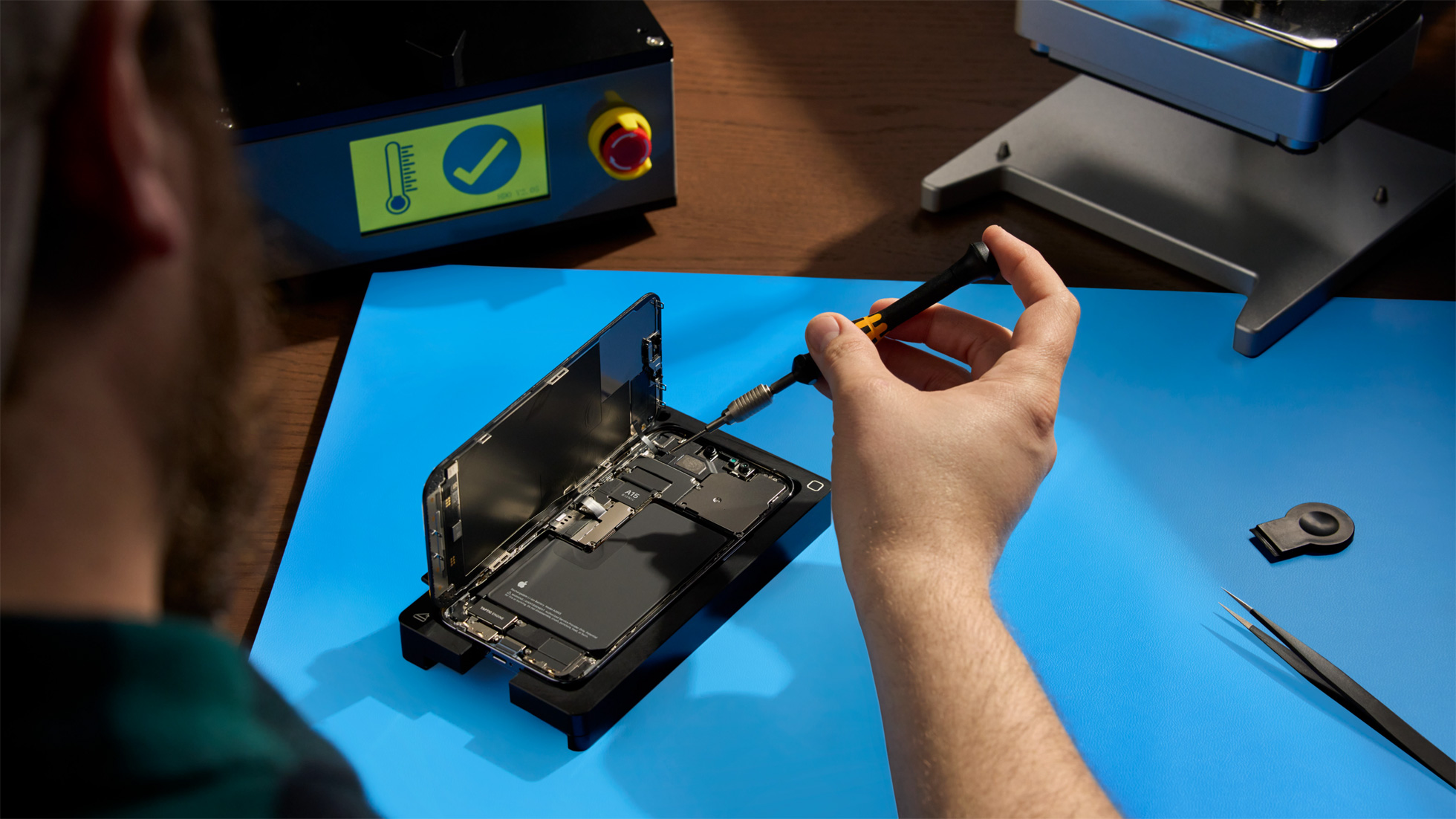
The folks at iFixit have a slightly different take on the tariffs (not that they're good for your wallet, obviously). As the team posted on Instagram yesterday, the price of repairing your tech is about to get more expensive too.
If you want to keep your existing tech going a bit longer to avoid the higher prices on new items, you'll still need imported components, like batteries, screens, and other electronics. However, iFixit's analysis also showed that repair still may be the best option.
A post shared by iFixit (@ifixit)
A photo posted by on
In the example iFixit put together, the cost of a new iPhone 16 Pro would rise by $300 (this was pre-104% tariffs on China, so the figure would likely be almost double that now). In contrast, iFixit's iPhone 16 Pro Battery Replacement is currently $115.
If that doubles in price, it'll be $300, so still a lot less than the almost $600 potential price increase on the new phone. In this situation, repair is still the cheaper and sustainable option, even if this does feel like saying the house is on fire, but at least it's warm.
Will prices go up immediately?

Honestly, we don't know. It'll depend on the company and it's finances whether it can support the additional import tariffs without changing it's pricing right away. But as these tariffs only apply from today to goods crossing the border into the U.S., it may be a while until the price increases take effect.
This is why we've heard that Nintendo already shipped some Switch 2 consoles to the U.S., despite the device not launching until June, to avoid the extra charges. But given the demand for the console, it won't take them long to sell through that stock and need to import more, likely at a higher price.
And Apple appears to have tried to do the same with iPhones, flying new stock into the U.S. from India in the last week of March before the tariffs came in, according to a report in The Times of India.
If other brands also hold stock in the U.S. they may be able to sell through their supplies before raising the price. Or they may need to pre-emptively increase costs to ensure that they can sustainably keep producing products.
Digital services might get more expensive after all
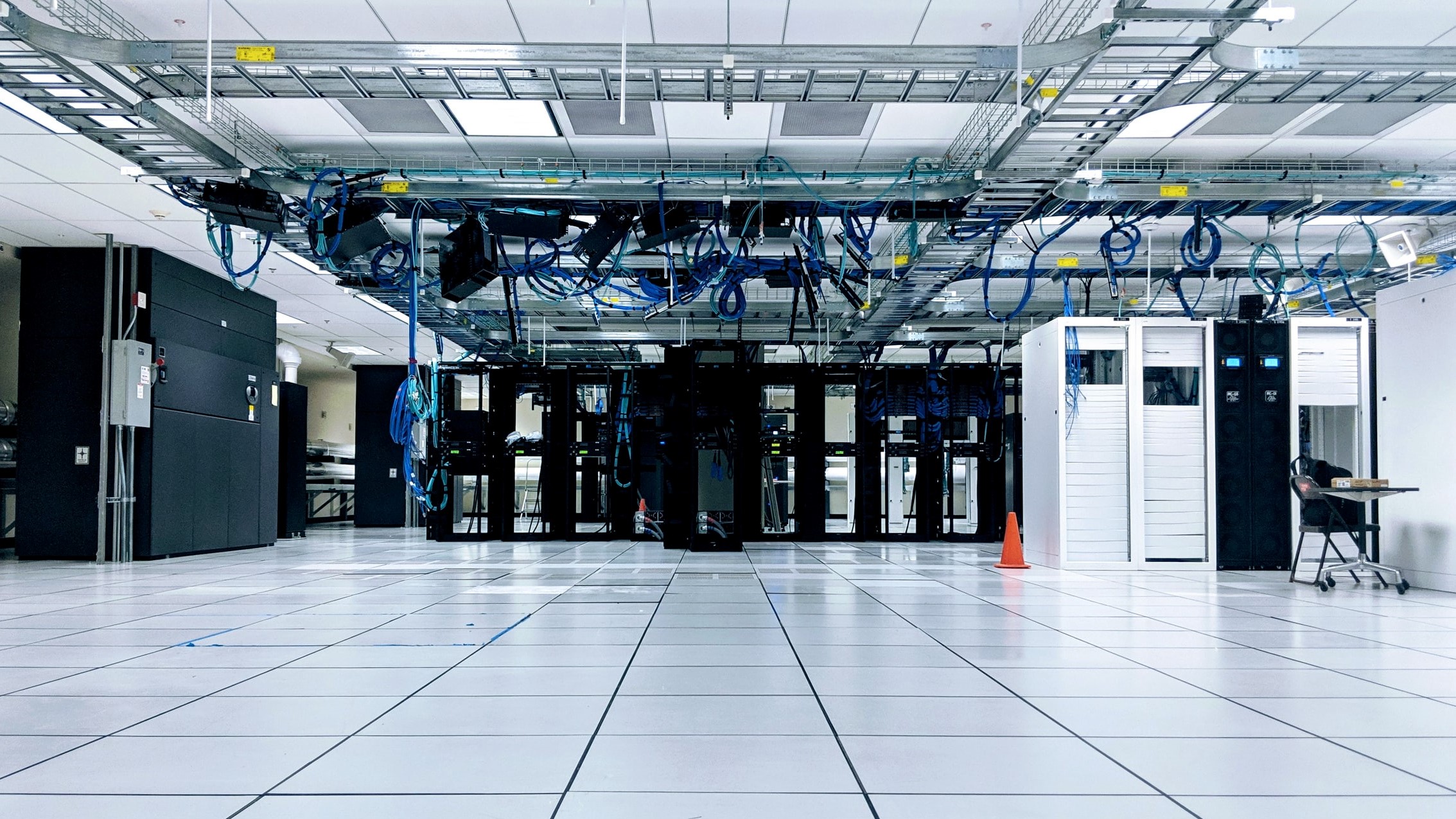

James is Tom’s Guide’s Buying Guide Editor, overseeing the site's buying advice, from tech products like smartwatches, fitness trackers and phones, through to home essentials like washing machines, garden accessories and smart home devices.
Here's an interesting side effect of the tariffs (and by interesting, I mean, expensive): the Trump administration's tariffs on imports only apply to physical goods, but that could lead to more expensive data centers and price hikes to digital services too.
According to the summary of the report Trump Tariff Impact on Hyperscale Data Center Market, the components and hardware needed to install and operate data centers almost all come from outside the U.S., primarily China, which had a massive 104% tariff applied earlier today.
For many logistical and legal reasons, most data centers for services like Google Cloud, Microsoft Azure and Amazon Web Services (which currently supports most of the internet) are built in the U.S. with imported components.
Shifting these outside the U.S. could be tricky if not impossible (due to privacy and data laws) so there's potentially no workaround other than price increases. So your iCloud subscription, Spotify membership, Netflix and ChatGPT Plus may also need to hike prices if the tariffs stay in place.
Amazon products are already seeing a price hike
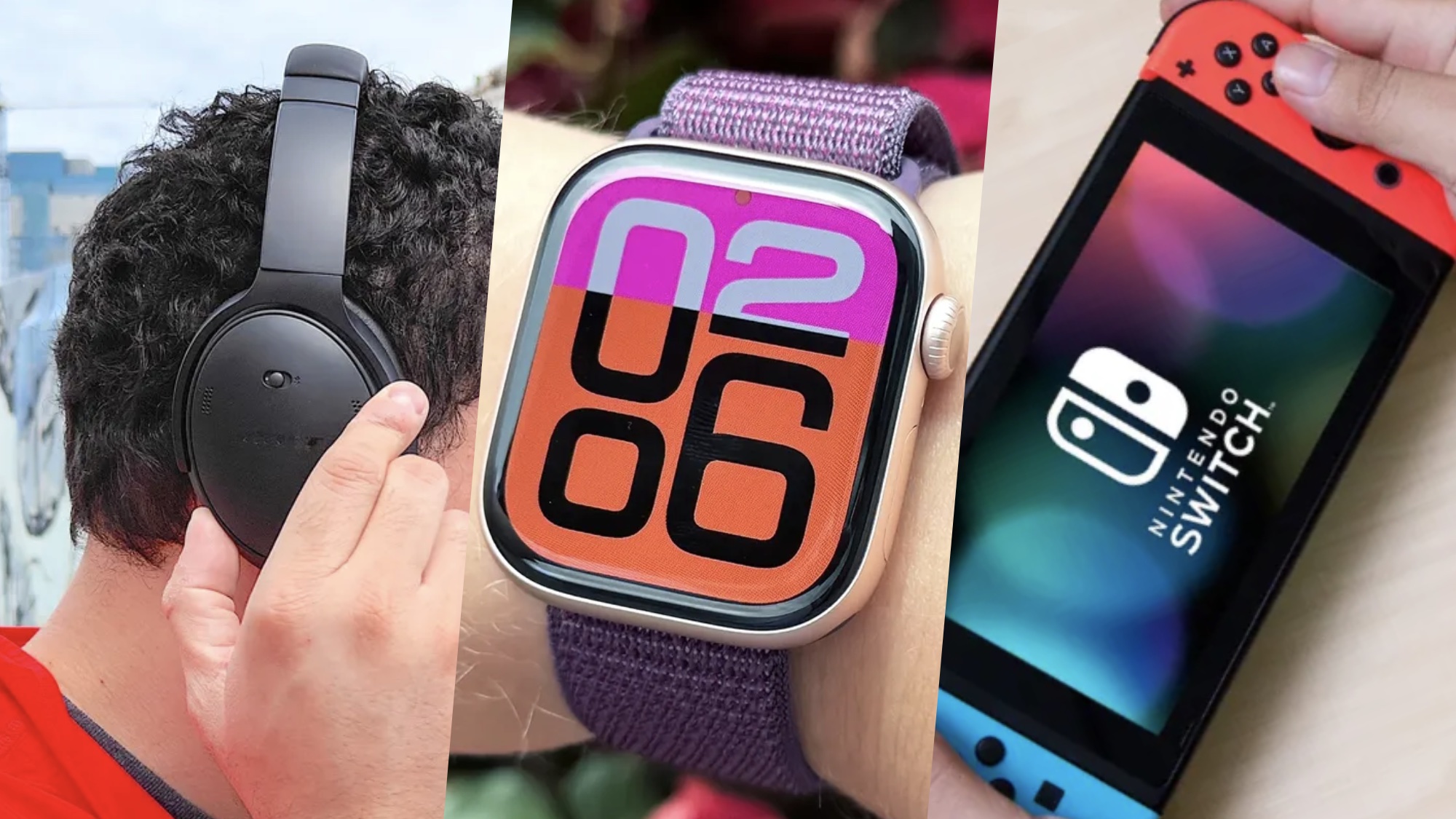
Our own Mike Prospero went through 200 popular products on Amazon to check out price hikes in light of Trump's tariffs, and there are already quite a few increases.
One of the most notable examples included the Sony WH-1000XM4 headphones, which are currently priced at $348 on Amazon. However, according to tracker CamelCamelCamel, their average price is generally set at $222. Now, this could be due to limited stock, but other products also saw a rise.
Another popular product is the Winix 5500-2 Air Purifier, which is now listed at $205 on Amazon (and that's with a discount, with its list price at $249). However, its average price is set at $153.14, which means there's a 25% price difference. With the tariffs taking off, even more products may see a price hike, and we'll continue to keep track.
Switch 2 consoles have already landed in the U.S.
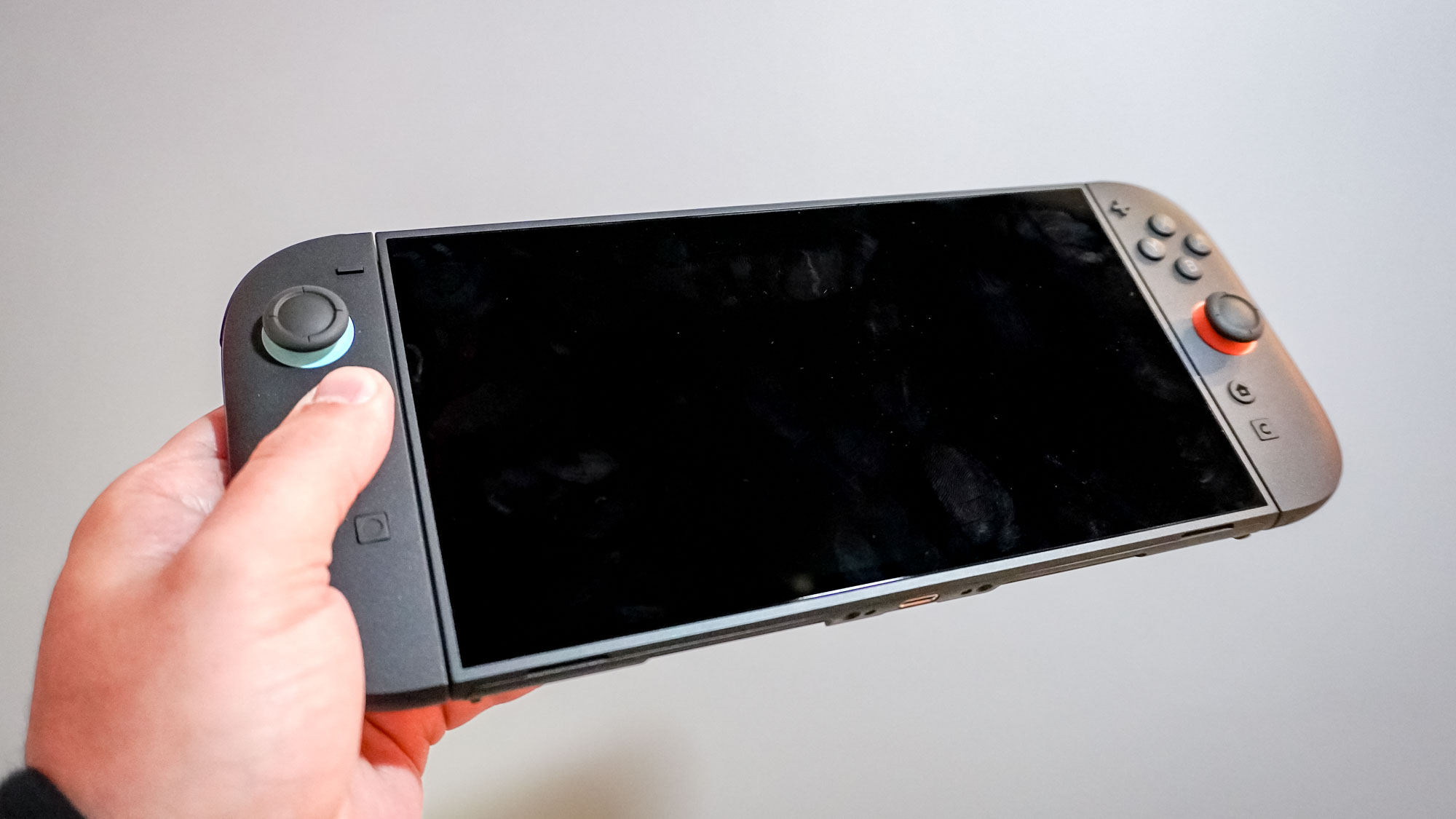
While there's still no Nintendo Switch 2 pre-order date set in the U.S., we do know that Nintendo has already shipped the Switch 2 and built stock in the States, and that could spell good news for fans waiting to pick up the anticipated console.
According to Nintendo of America president Doug Bowser, this was done to try and meet demand. However, with the tariffs now in place, the big question is if the price will be affected. As reported, with it being developed in Vietnam and the country seeing a 46% import tariff from the U.S., the Switch 2 price could rise from $449 to $657.
That said, it's believed that the Switch 2 price won't shift even with tariffs in place, as Nintendo is said to have already had the looming threat of tariffs in mind. However, with some Switch 2 consoles already making their way to the U.S. before the tariffs, could these units escape the price hike? While I doubt it, it does give Nintendo some leeway. For now, it's a waiting game.
No more Razer Blade laptops in the U.S.?
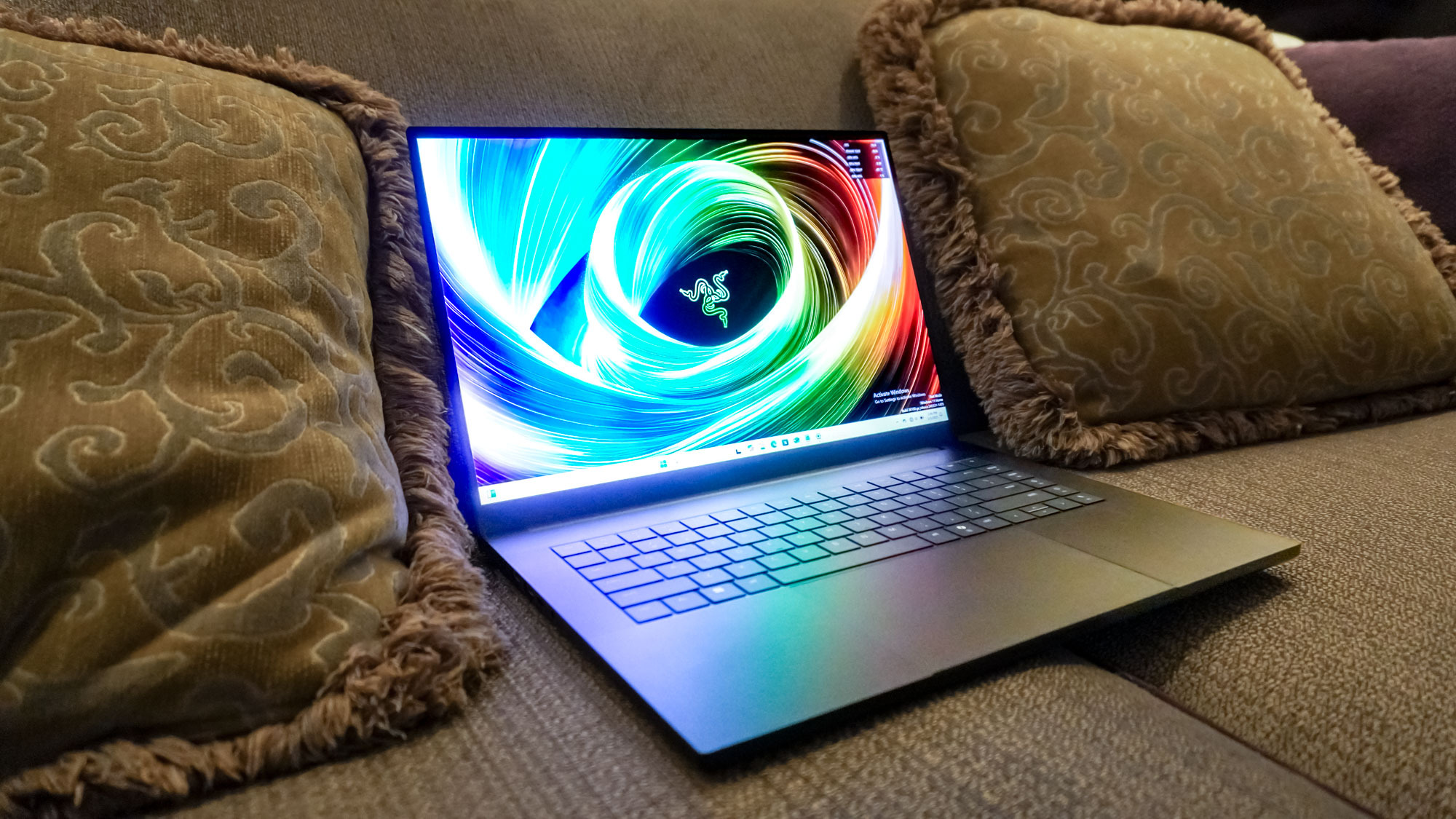
Right now, you won't be able to find a Razer Blade laptop ready to buy in the US, including its new Razer Blade 16 with an RTX 5090, and Trump's tariffs appear to be to blame.
On its store page, all laptops currently appear with a "Notify Me" instead of being able to purchase, with the Blade 16 previously being available to pre-order. For now, it looks as if Razer has halted direct laptop sales in the U.S. in light of the tariffs.
Razer's store page still has yet to change, and even the Razer Canada site is showing available products, like the Blade 16 and a new laptop stand. We have yet to hear any comment back from Razer, but it did tell The Verge, "we do not have a comment at this stage regarding tariffs."
Your next iPhone could be twice as expensive now
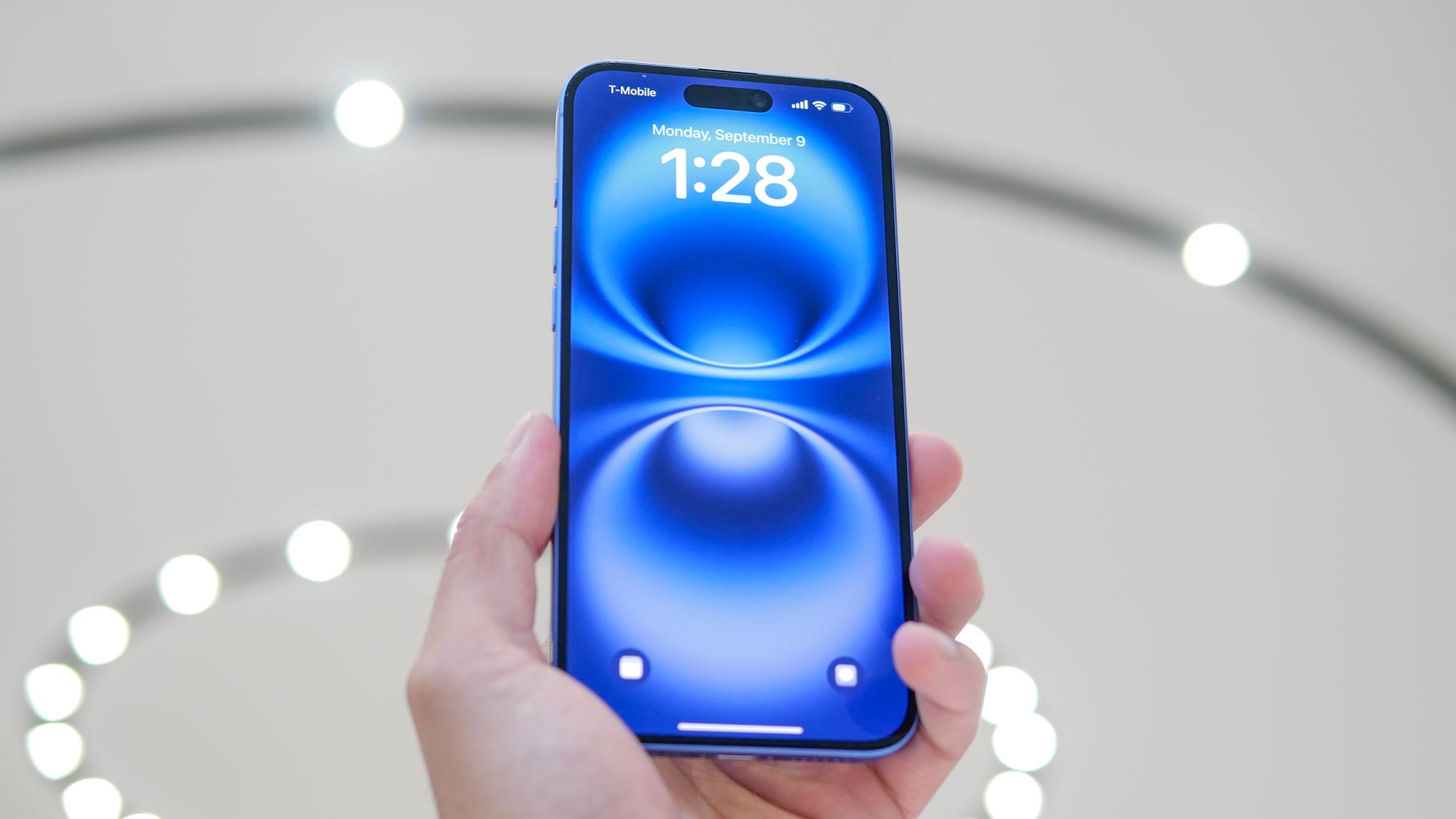

James is Tom’s Guide’s Buying Guide Editor, overseeing the site's buying advice, from tech products like smartwatches, fitness trackers and phones, through to home essentials like washing machines, garden accessories and smart home devices.
One of the most successful U.S. tech firms is Apple, but it's supply chain is also incredibly complex and global, relying on production facilities around the world. Famously, the iPhone is manufactured in China, which had a 104% tariff applied earlier today.
And although Tim Cook has spent the better part of a decade diversifying the company's supply chain, the Trump administration has applied tariffs to pretty much every country (including one with only penguin inhabitants), so it seems like no Apple product will be spared price hikes.
According to a report published by Reuters last Friday, before the tariffs came into effect, iPhone and Apple Watch prices could increase by 43%, leading to the base iPhone 16 model climbing from $799 up to $1,140. But that was based on the lower earlier proposed 54% tariff.
The new rate, first discussed yesterday and seemingly applied at midnight, more than doubles the price, which would send the iPhone 16 to around $1,600. It's an astonishing increase.
And it's clear that the matter between China and the U.S. isn't settled, as the two countries have been seemingly locked into an escalating trade war, with China proposing an 84% tariff on U.S. goods within the last hour, according to The Guardian.
The tariffs went live earlier today, but we still don't know exactly how Apple plans to address this; swallow the cost and lower profits, or pass the extra charge onto consumers with a price hike.
But it seems certain to throw the launch of the iPhone 17 into disarray, as Apple looks at what it's options are. Last week, we reported that the iPhone 17 Pro Max could reach prices as high as $2,300, but now, with the increased tariff, this would look more like $3,000.
And at that price, would you upgrade?
Still no Switch 2 pre-order date in the U.S.
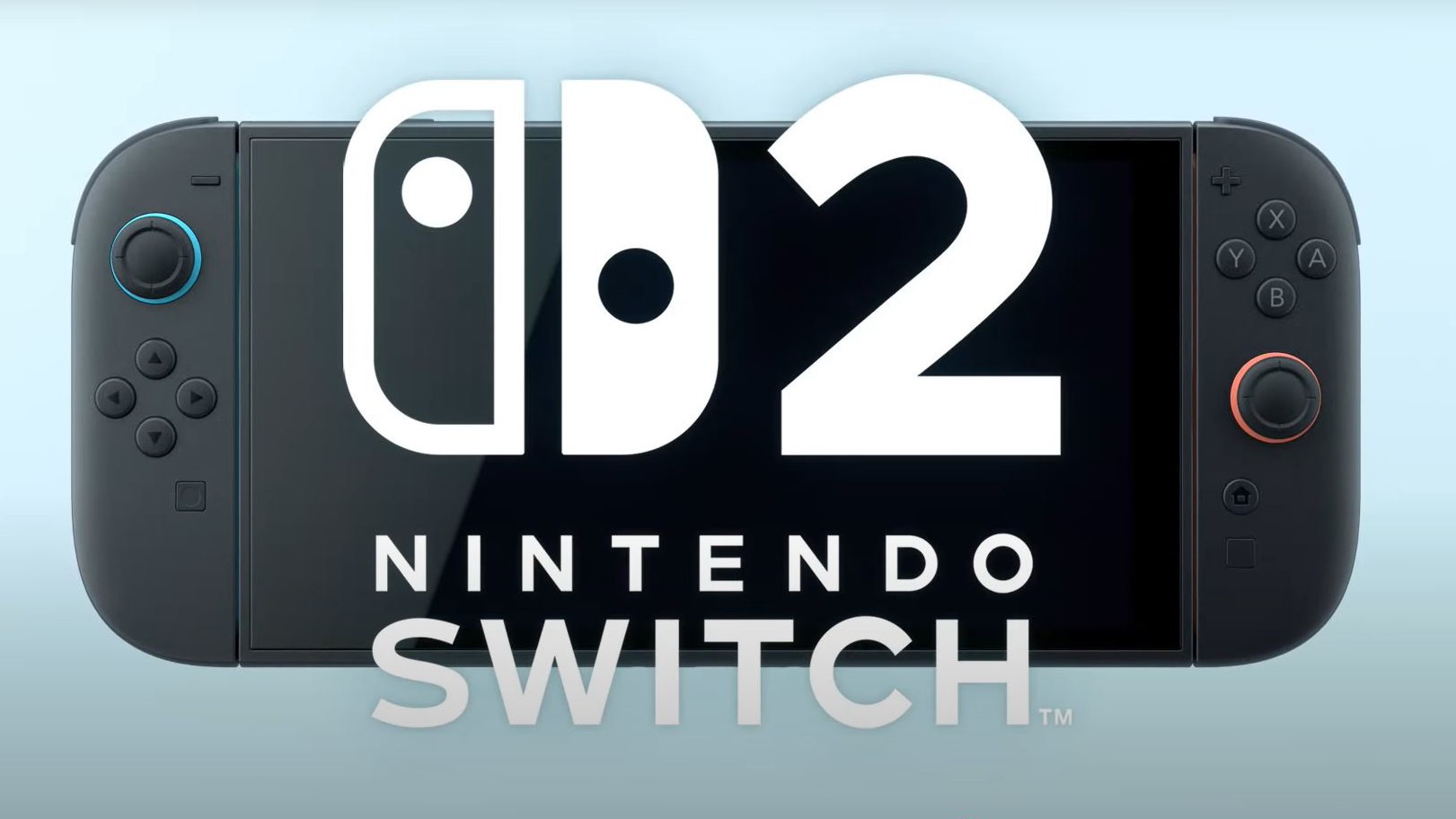
While gamers in Europe have been snapping up Switch 2 pre-orders this week, over in the U.S. there's no confirmed pre-order date.
Today (April 9) was originally announced as the Switch 2 pre-order date in the U.S. but last week Nintendo delayed things via a statement provided to Tom's Guide and other media outlets. The statement reads:
“Pre-orders for Nintendo Switch 2 in the U.S. will not start April 9, 2025 in order to assess the potential impact of tariffs and evolving market conditions. Nintendo will update timing at a later date. The launch date of June 5, 2025 is unchanged.”
It's not just the U.S. in a holding pattern either. Yesterday (April 8), it was confirmed that Switch 2 pre-orders are also being delayed indefinitely in Canada "in order to align with the timing of pre-orders to be determined in the US."
Naturally, Canadian Nintendo fans were not best pleased with the news, but there could be some logic to the decision Nintendo may have been worried that eager U.S. gamers would attempt to snap up any available Canadian stock and or that North American scalpers would turn their attention to Canada's pre-order drop.
We're still awaiting a new Switch 2 pre-order, and at this stage, Nintendo hasn't ruled out the possibility of a price increase. Currently, the Switch 2 is set to cost $449, but with tariffs, particularly the ones on Vietnam where the console is manufactured, that could be set to rise higher before the device hits store shelves.
The Japanese gaming giant has stated that the Switch 2's worldwide launch date of June 5 remains in place. So, presumably, U.S. pre-orders will need to take place in the foreseeable future to ensure a smooth launch period for the new console.
BREAKING: Framework delays Laptop 12 orders
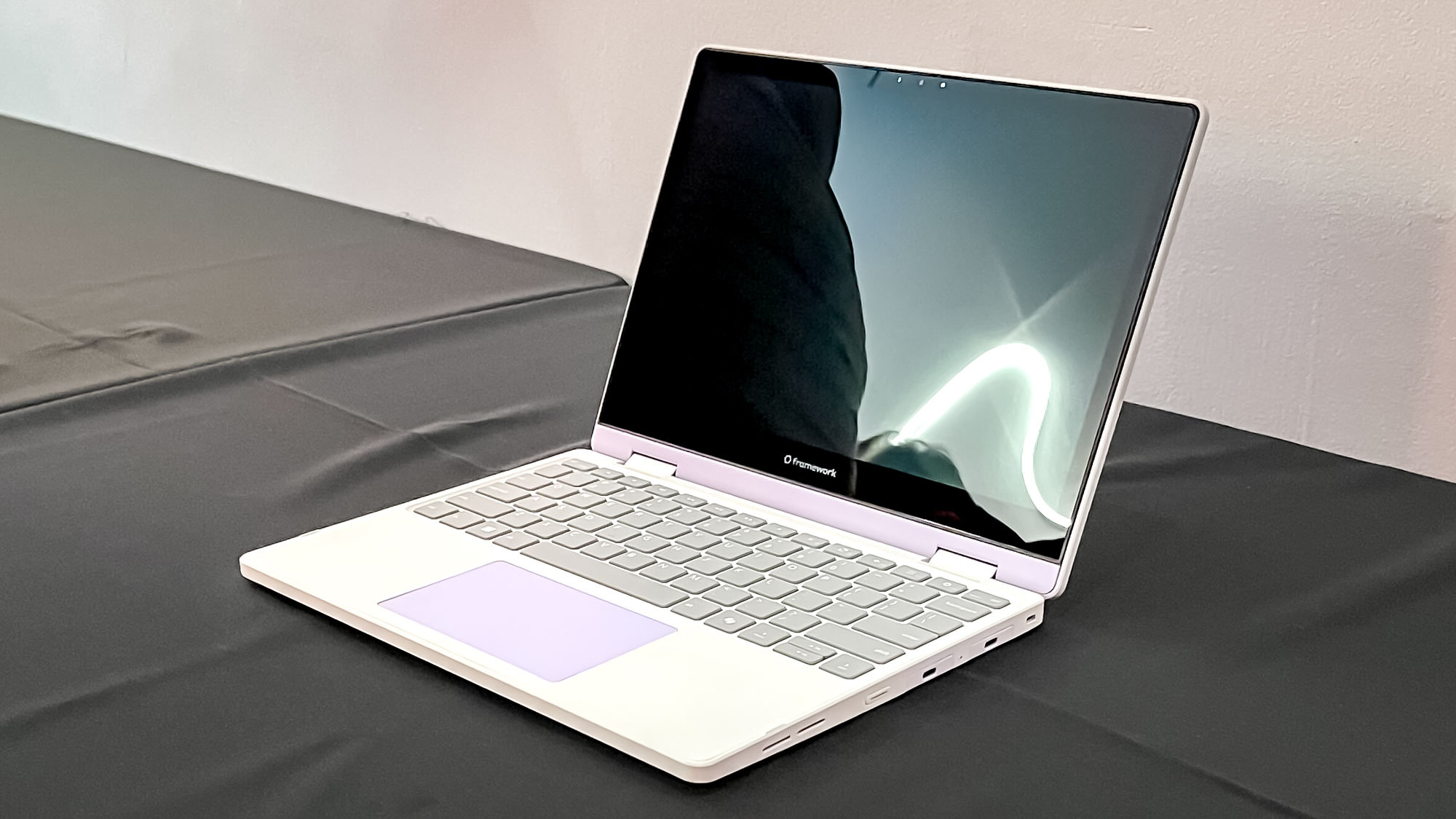
Laptop maker Framework had already announced it would be "temporarily pausing US sales on a few base Framework Laptop 13 systems" in response to Trump's tariffs but now the situation has escalated with plans to open U.S. pre-orders for its new Framework Laptop 12 delayed (confirmed by The Verge).
Positioned as an "entry-level" laptop, the Laptop 12 is the company's first 2-in-1 touchscreen model and is also set to be Framework's smallest laptop yet. It was due to go up for pre-order today (April 9), but those plans have been scrapped.
We’re delaying opening pre-orders for Framework Laptop 12 in the US. We’re still opening orders for the other countries we ship to tomorrow (April 9th), now at 10am PT.April 8, 2025
While it will still be available to order today in Europe, and in regions such as Canada, U.S. shoppers will have to wait until an unspecified date in the future as Framework continues to assess the situation following the deployment of tariffs.
We went hands-on with Framework Laptop 12 earlier this year and our Senior Computing Editor, Alex Wawro, was pretty impressed noting it might be his favorite 2-in-1 laptop yet. The durable chassis, bright 1200p display and DIY-friendly design were particular highlights of Alex's time with the Framework Laptop 12.
Sadly, for now, when it'll be made available to order in the U.S. is unknown.
Welcome to TG's Trump tariff live blog!
Welcome to Tom’s Guide live coverage of the ongoing tariff situation. These may feel like uncharted waters, but we’re on hands to guide you through the ever-evolving landscape with a focus on how President Trump’s tariffs will impact the tech and gadget world we cover 24/7.
Even before the tariffs started at midnight today (Wed. April 9), several companies made preemptive announcements, and now that the sanctions have come into effect, we’re expecting even more tech brands to announce their response. These could range from price increases to select product lines being removed from sale.
